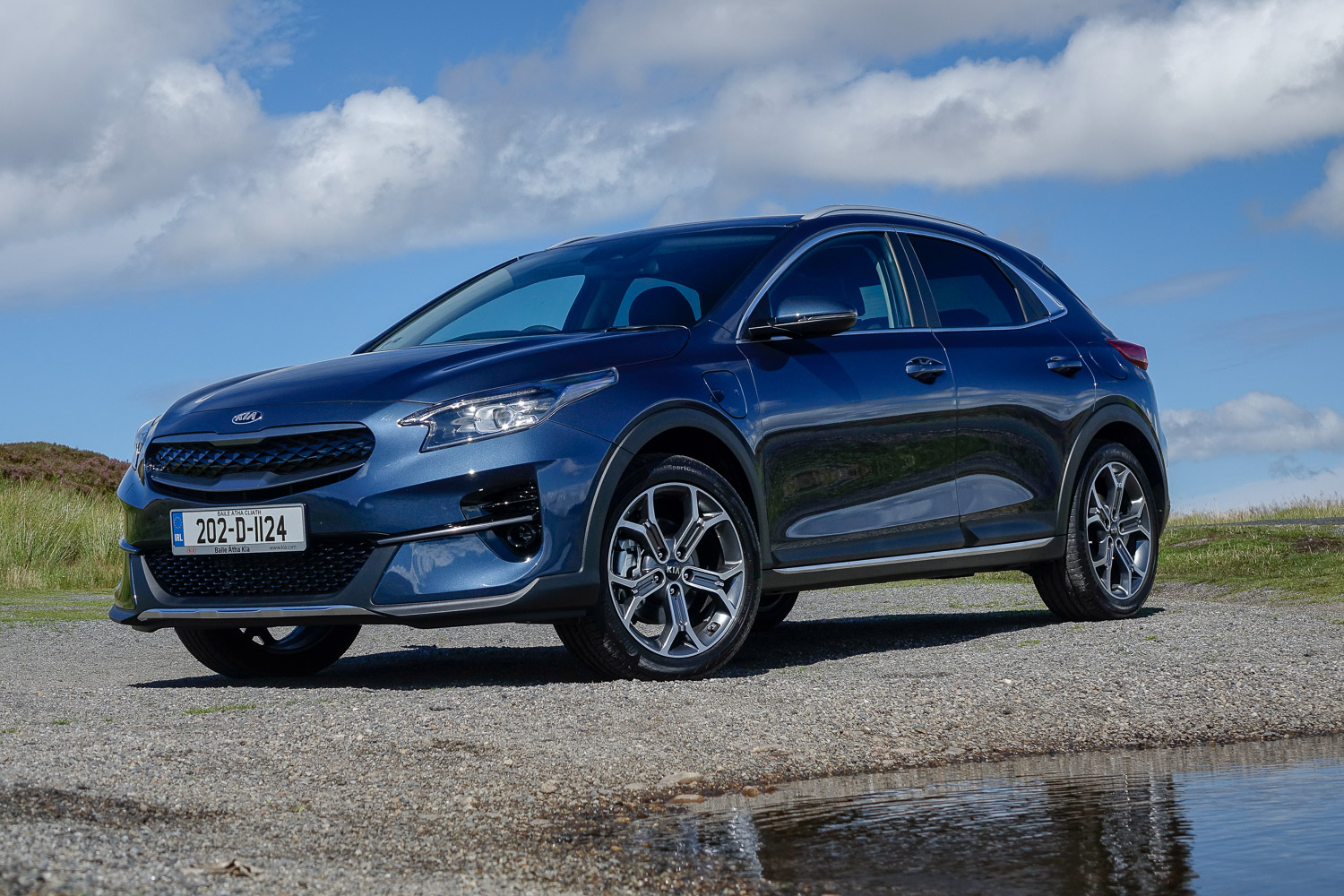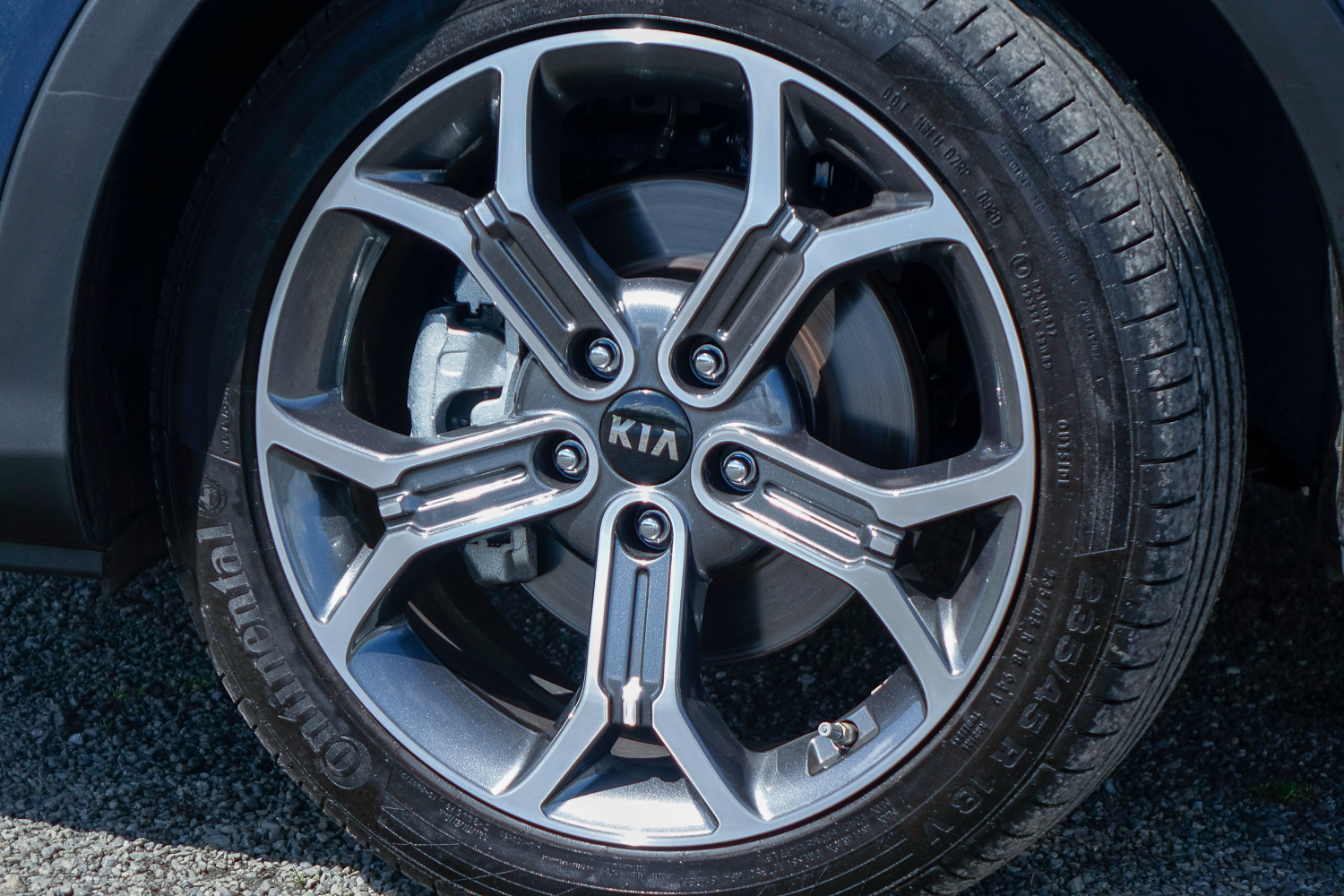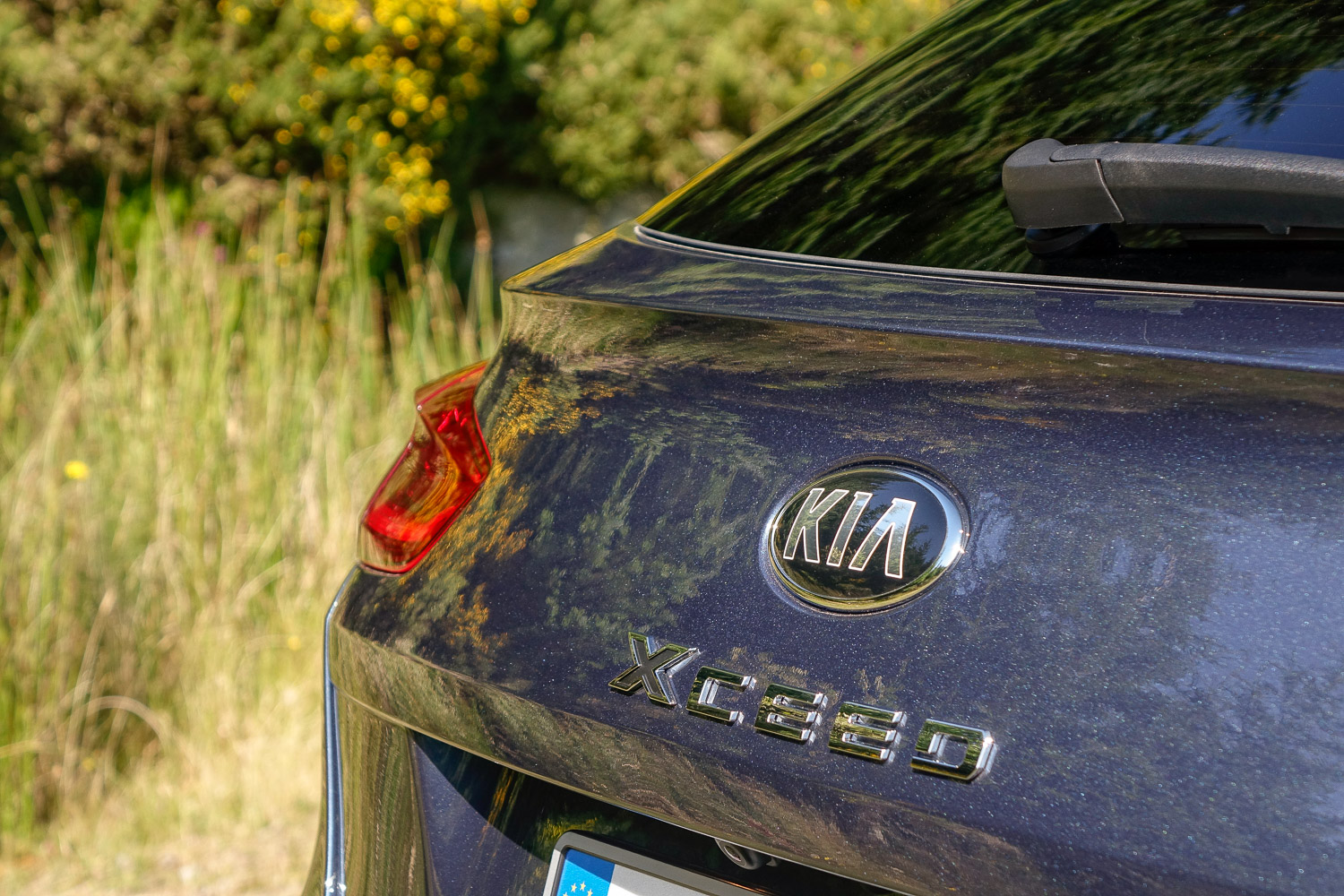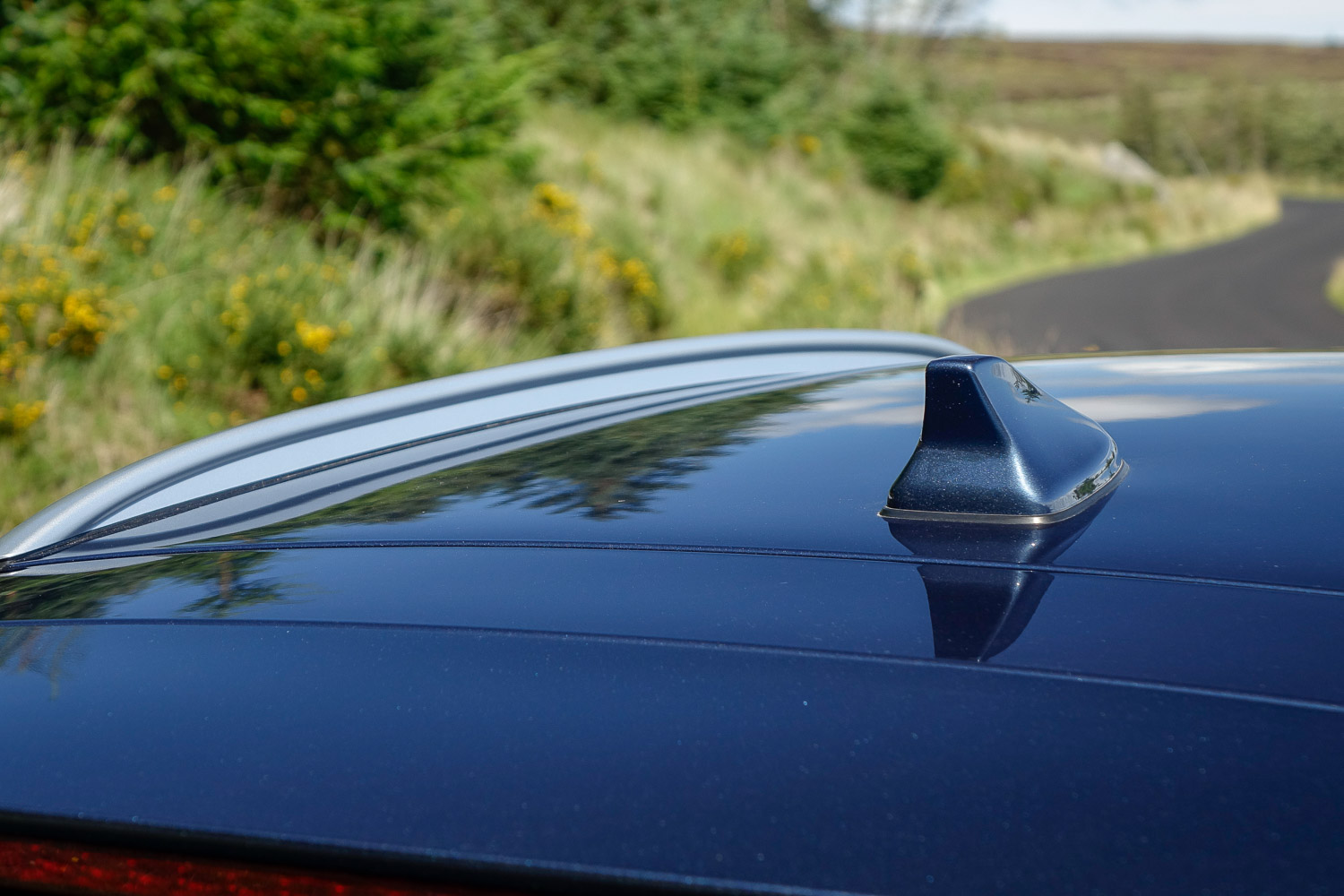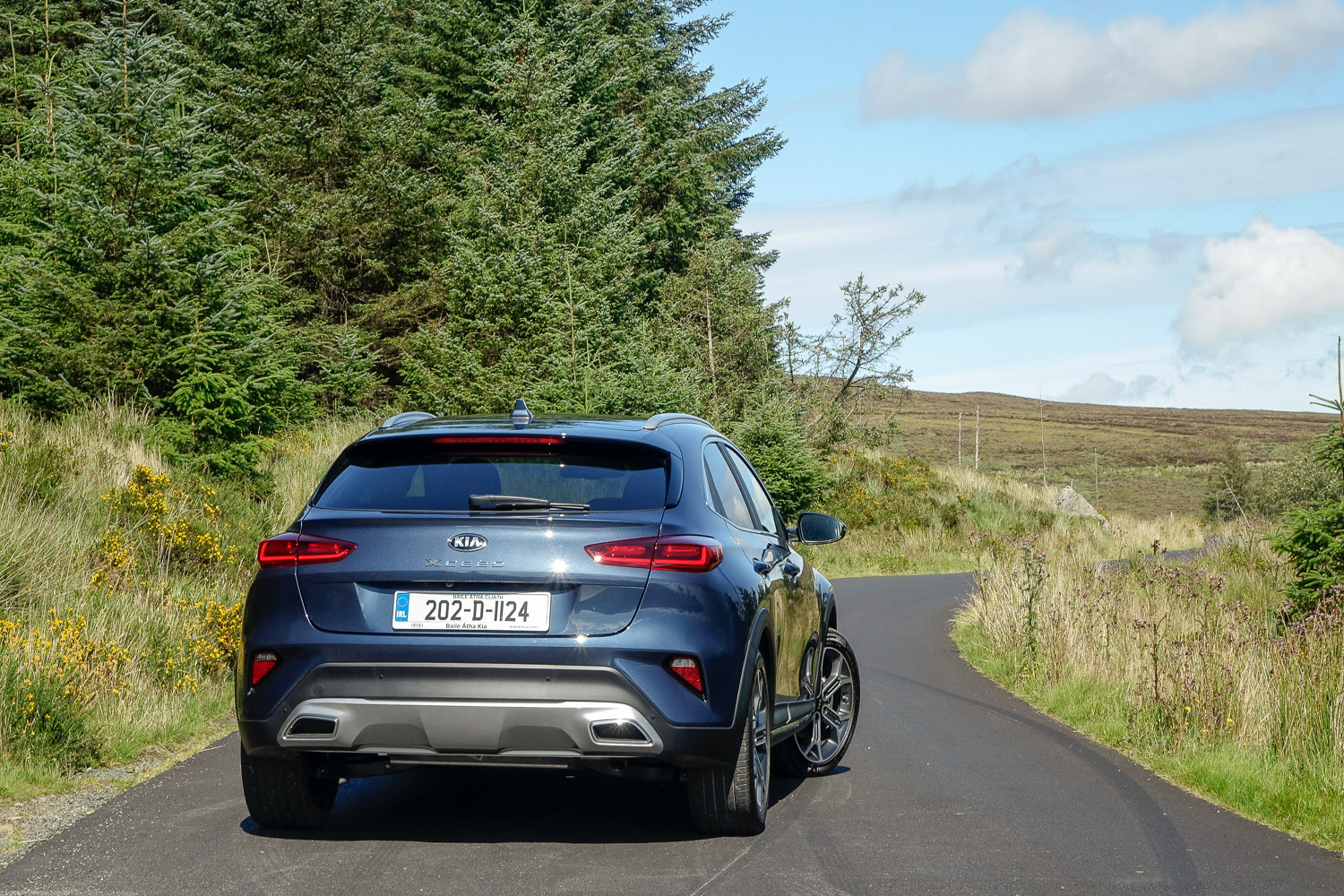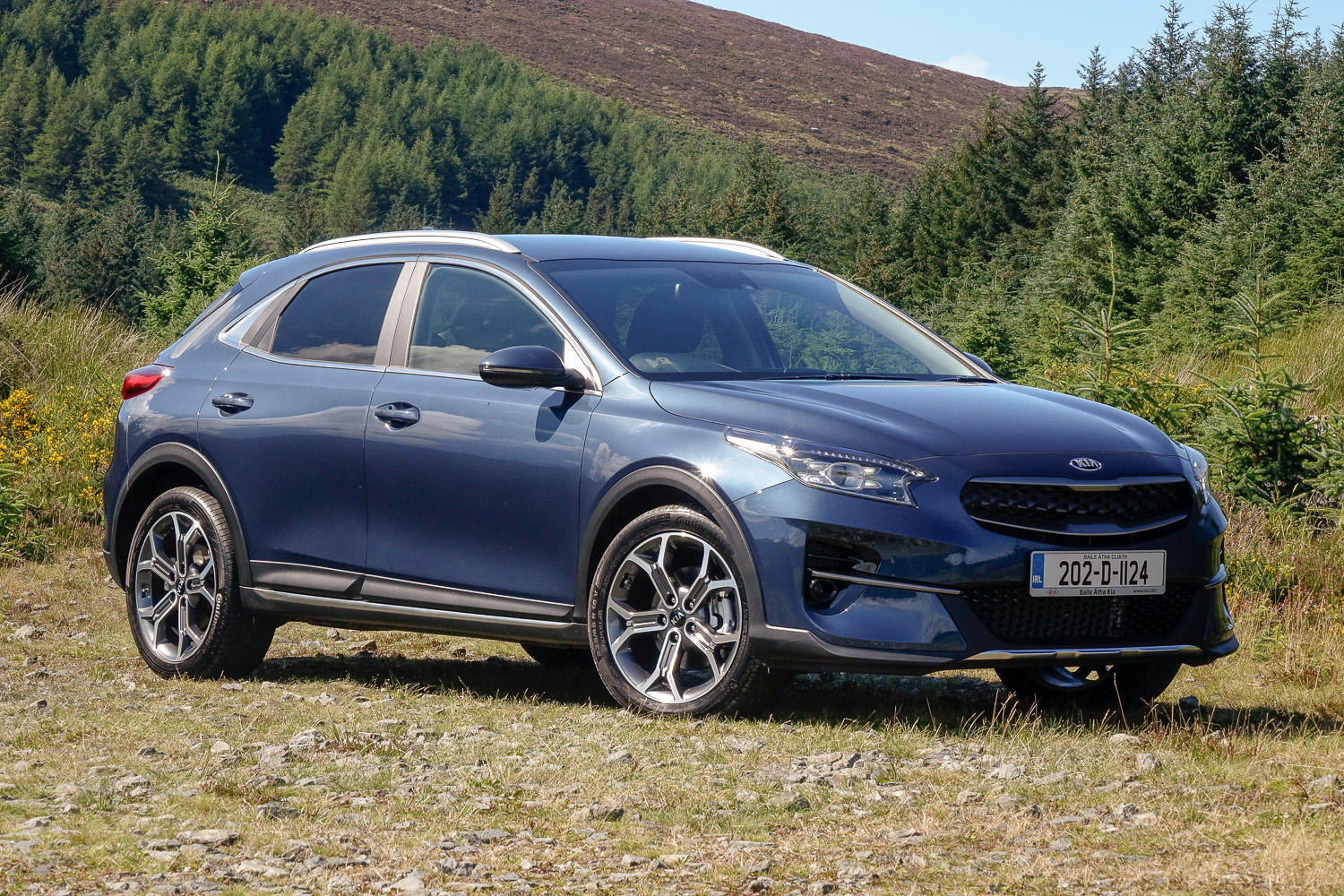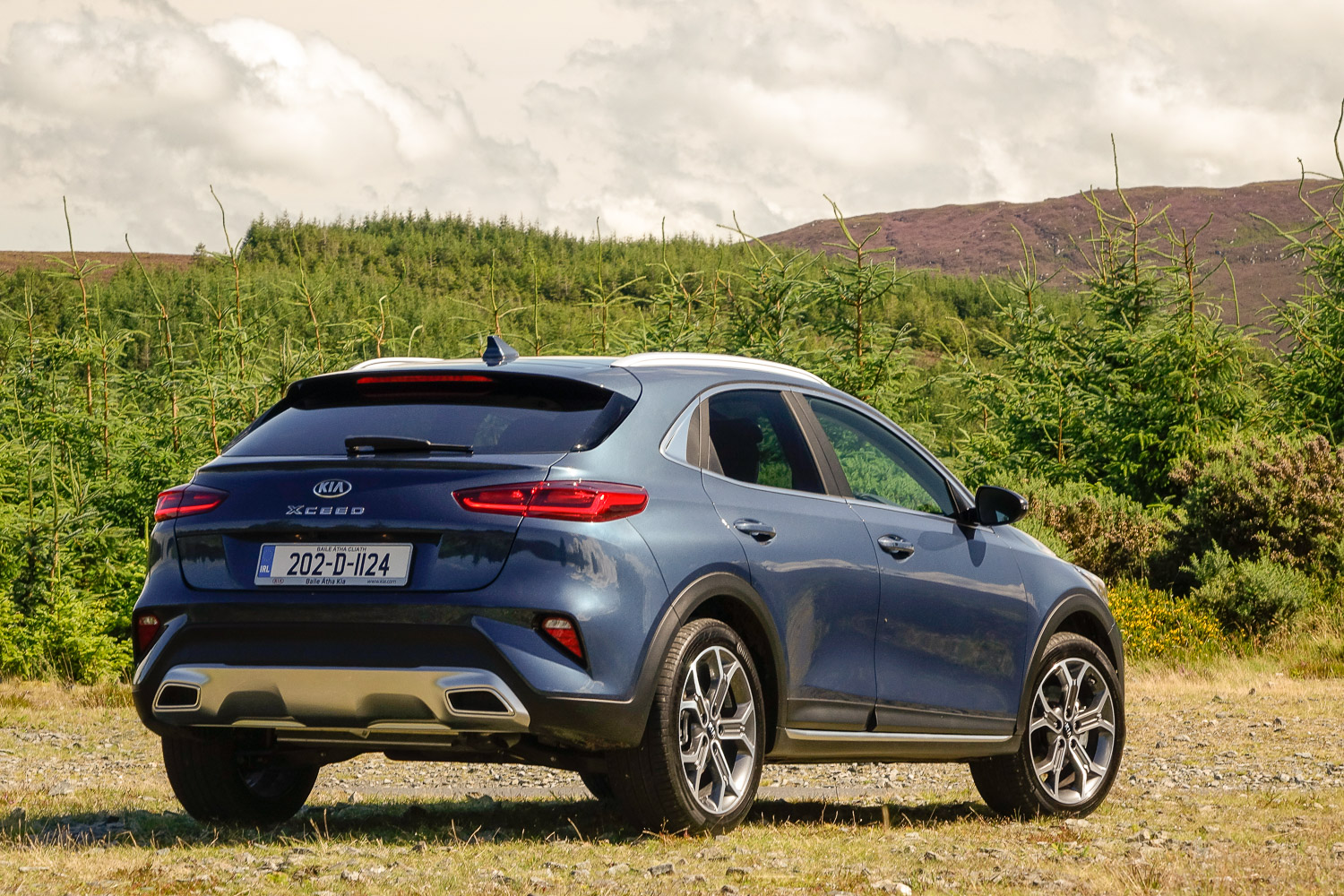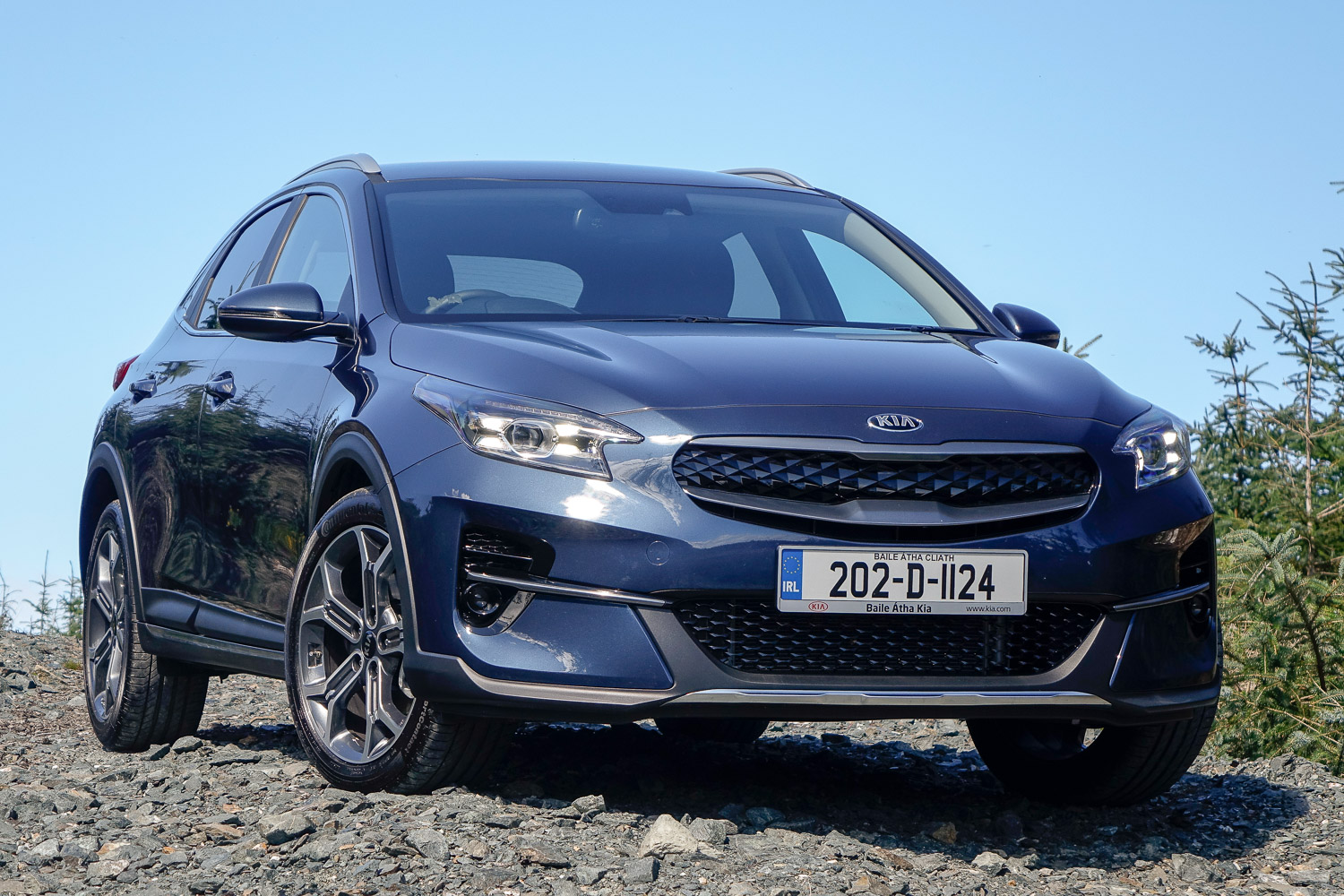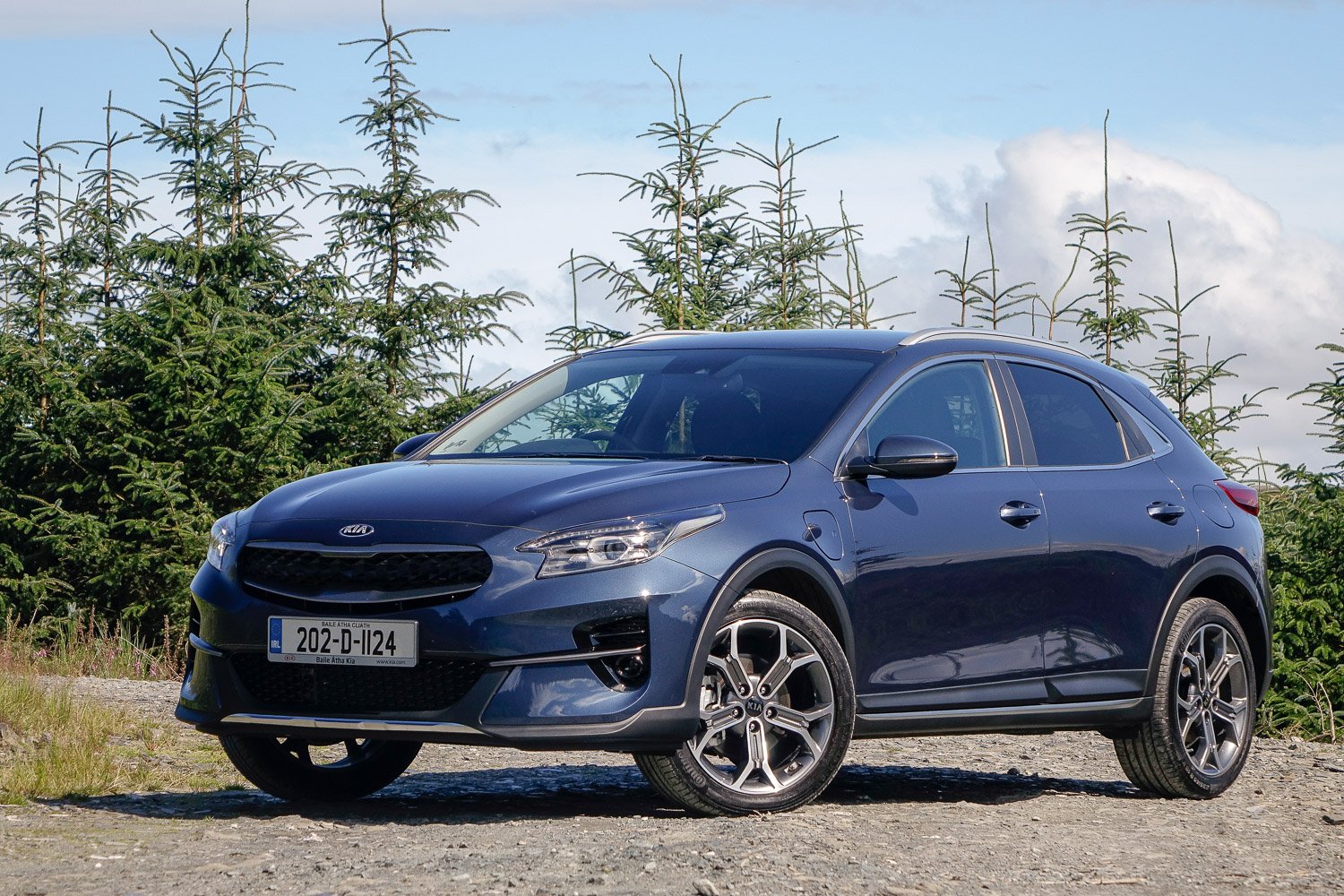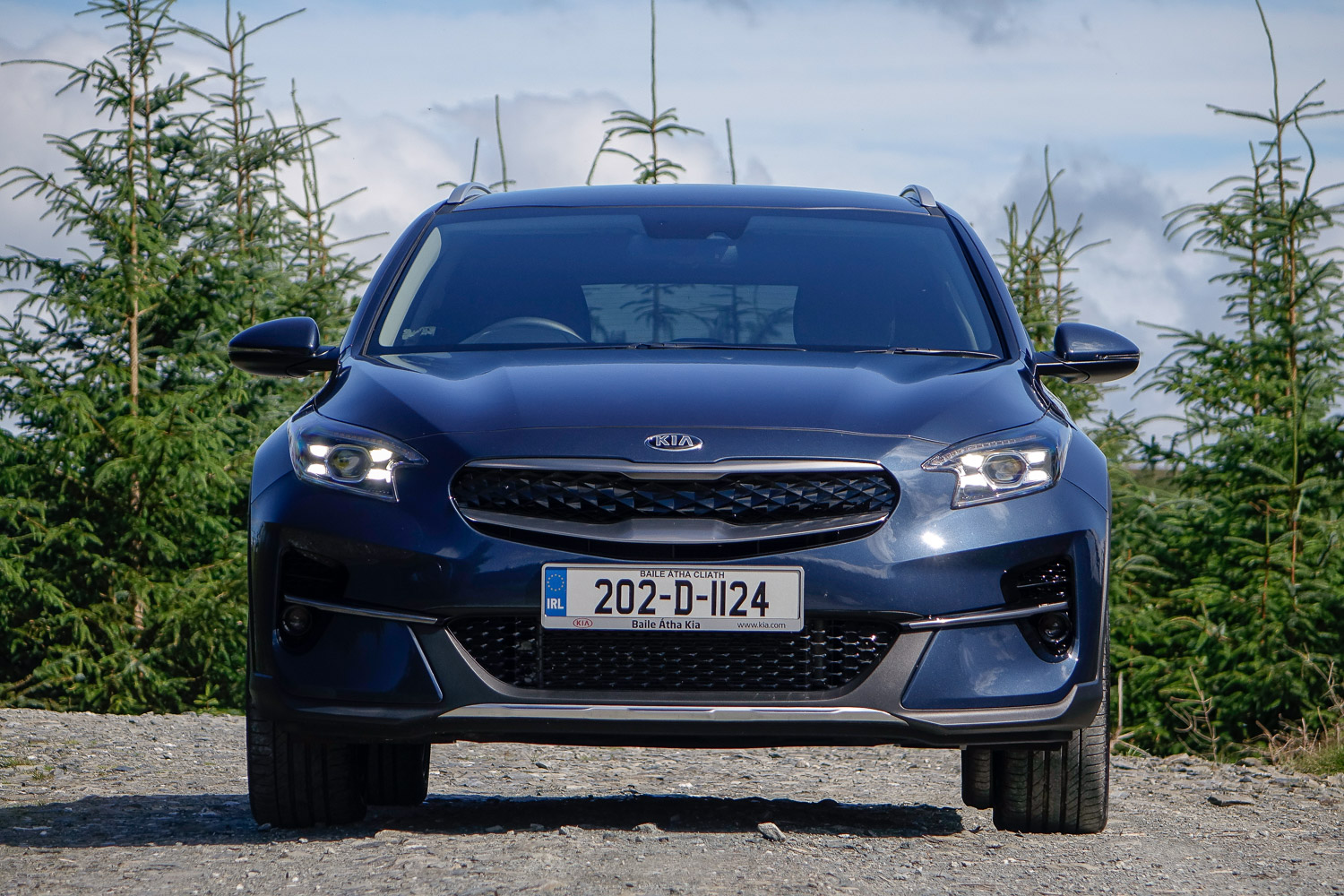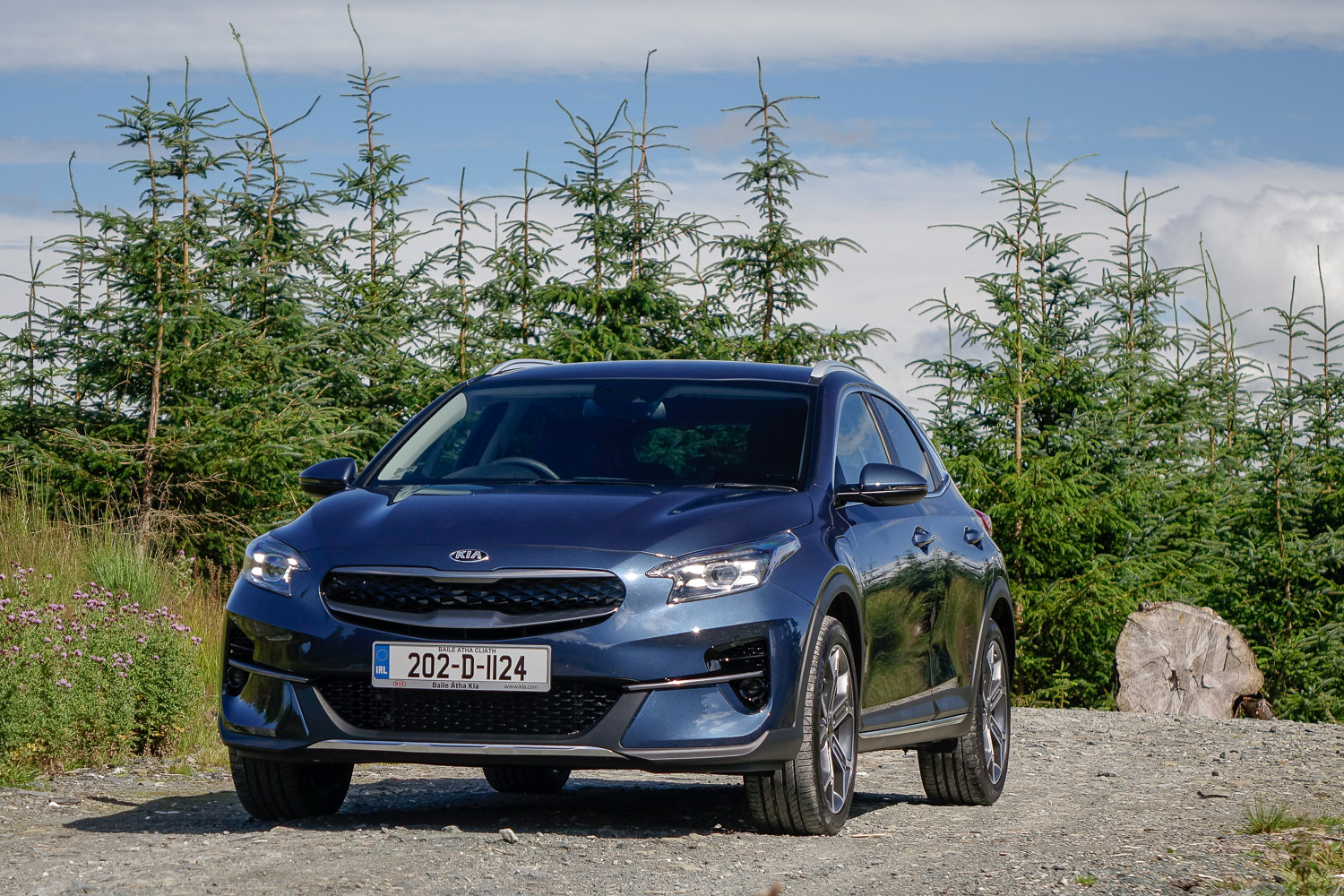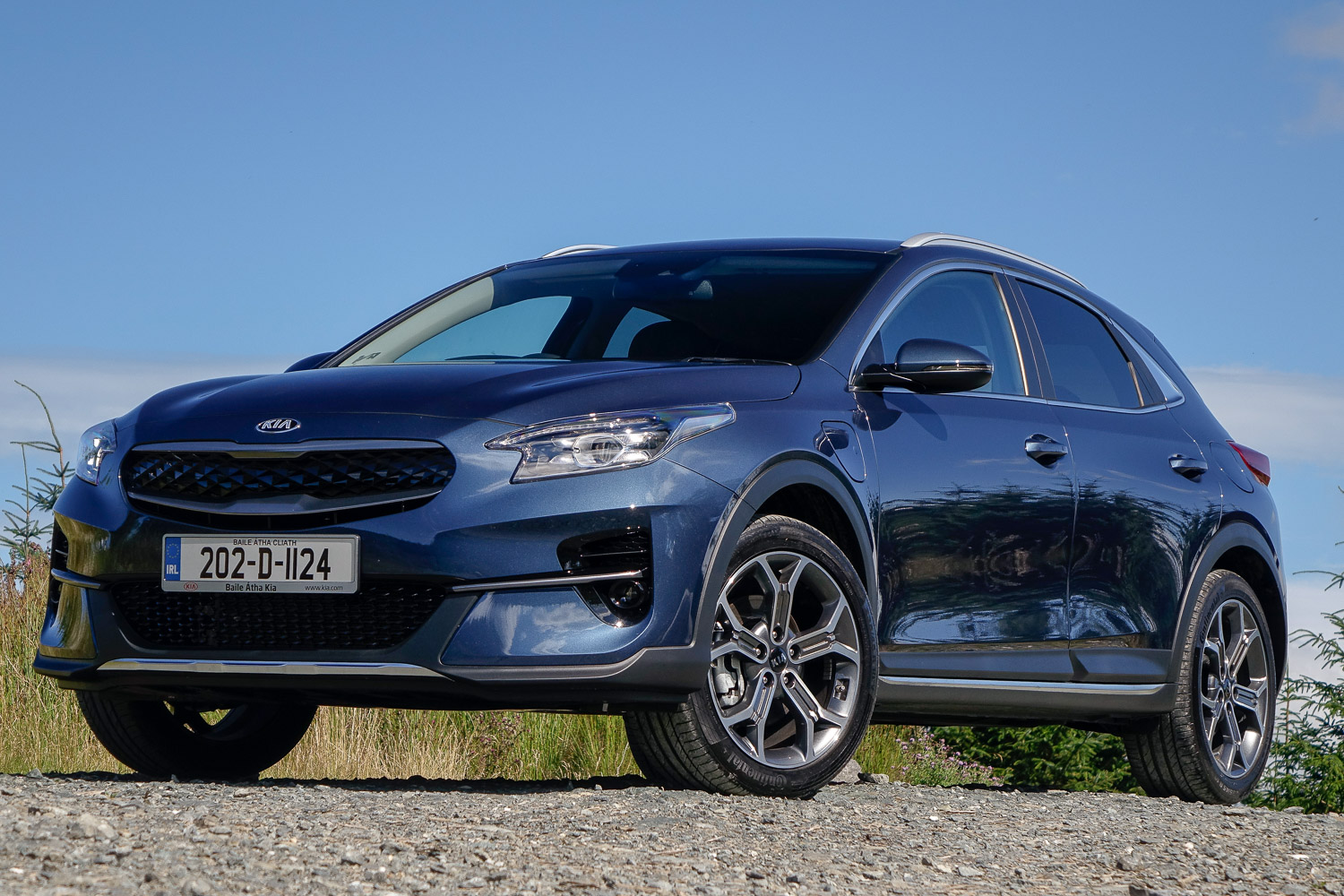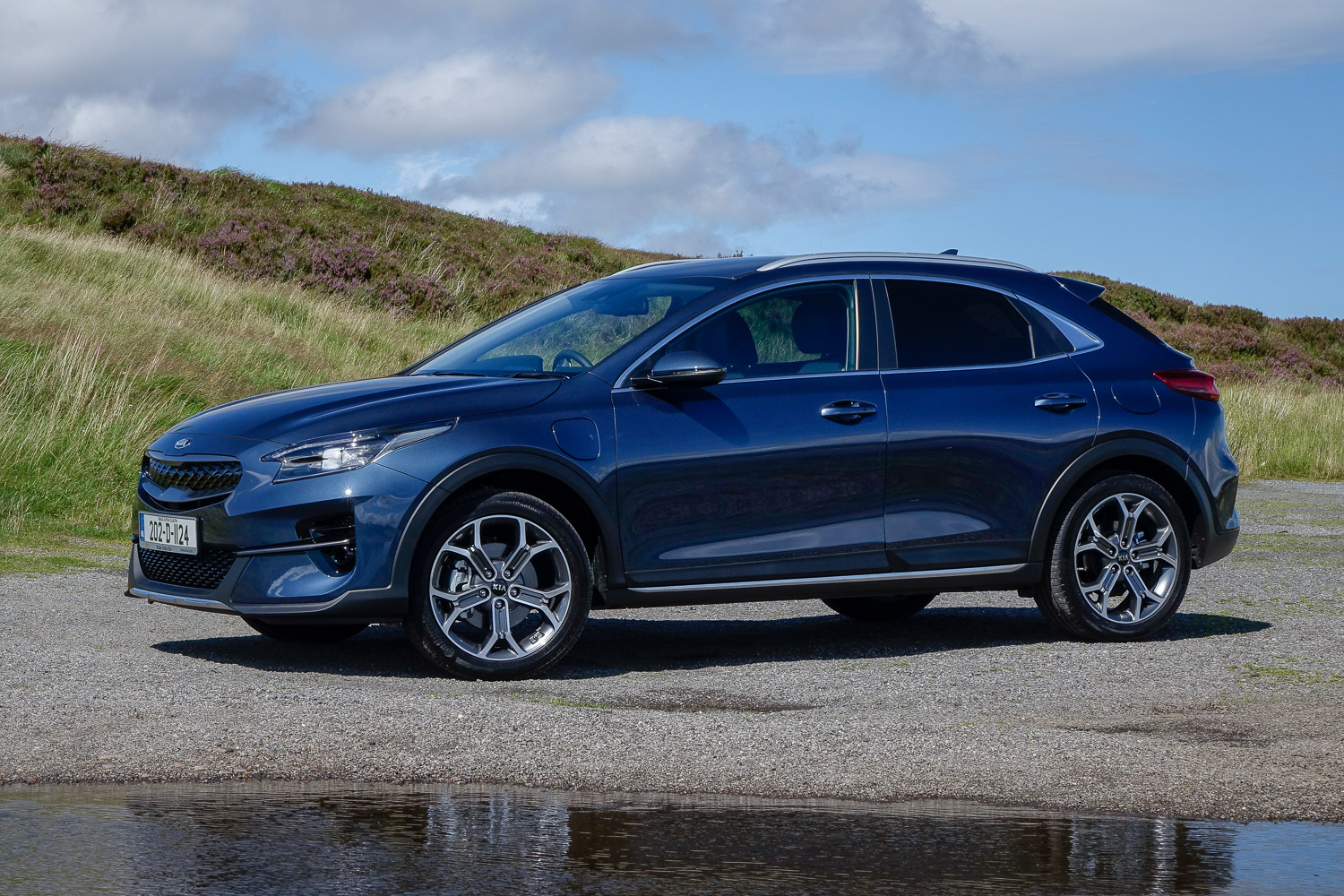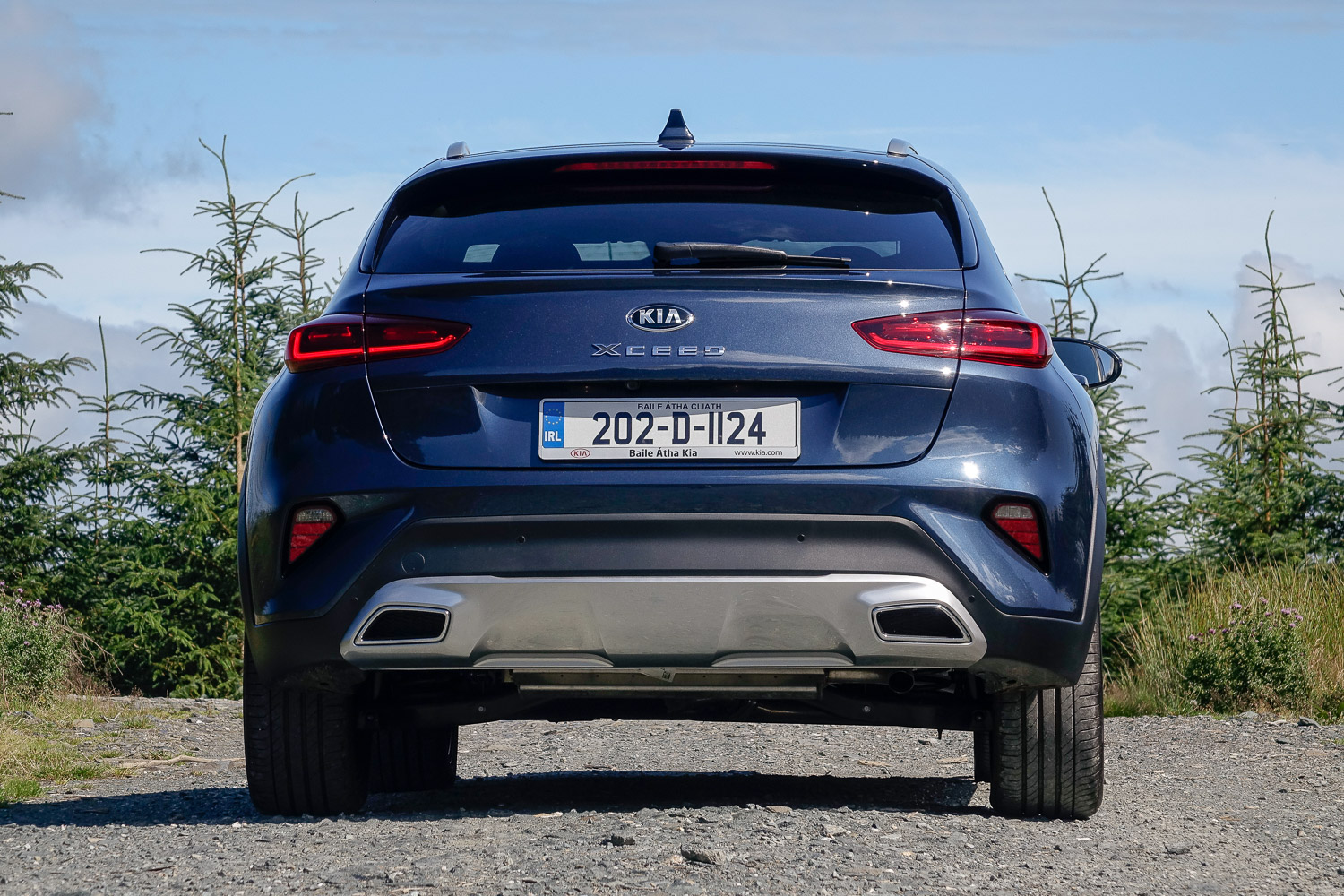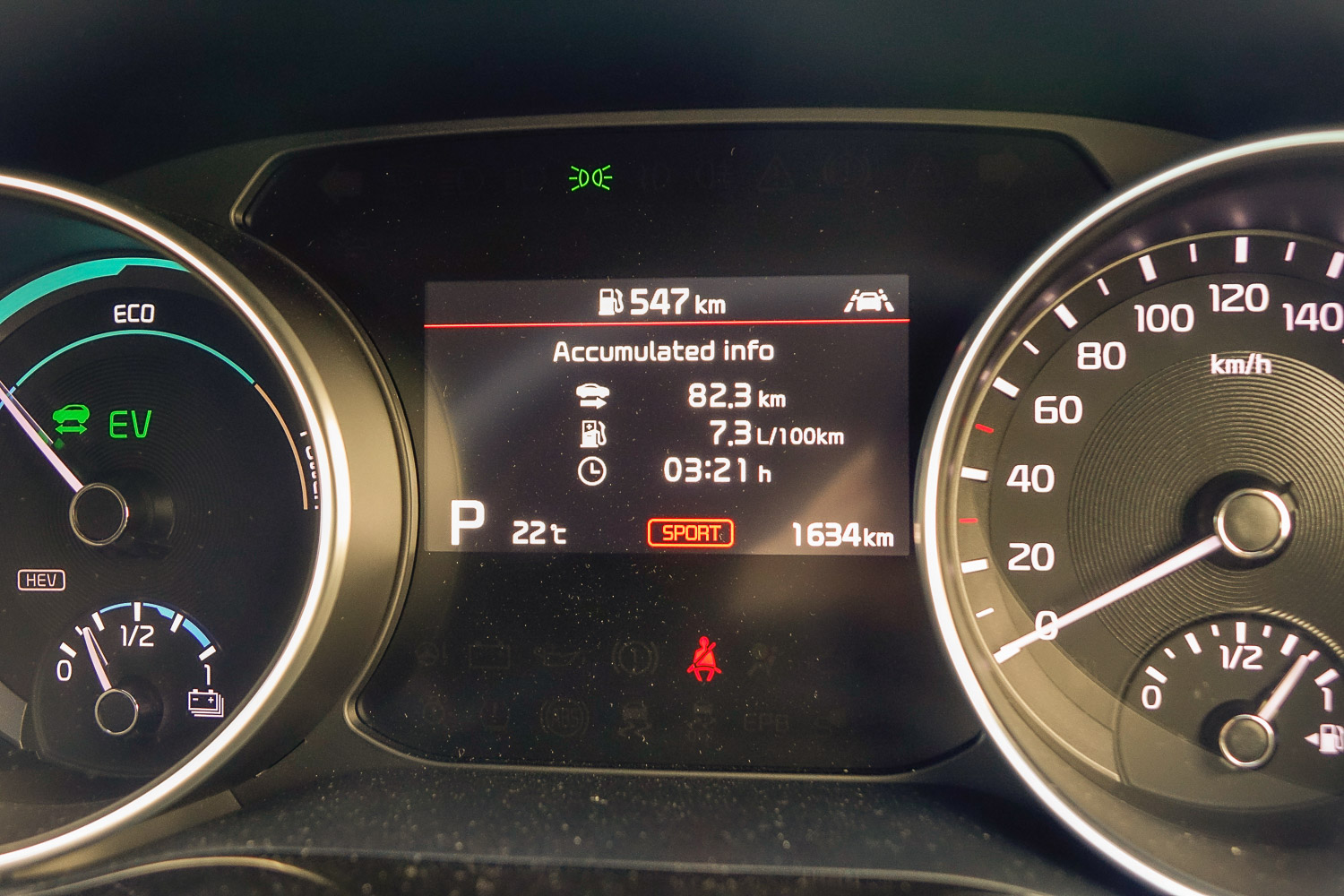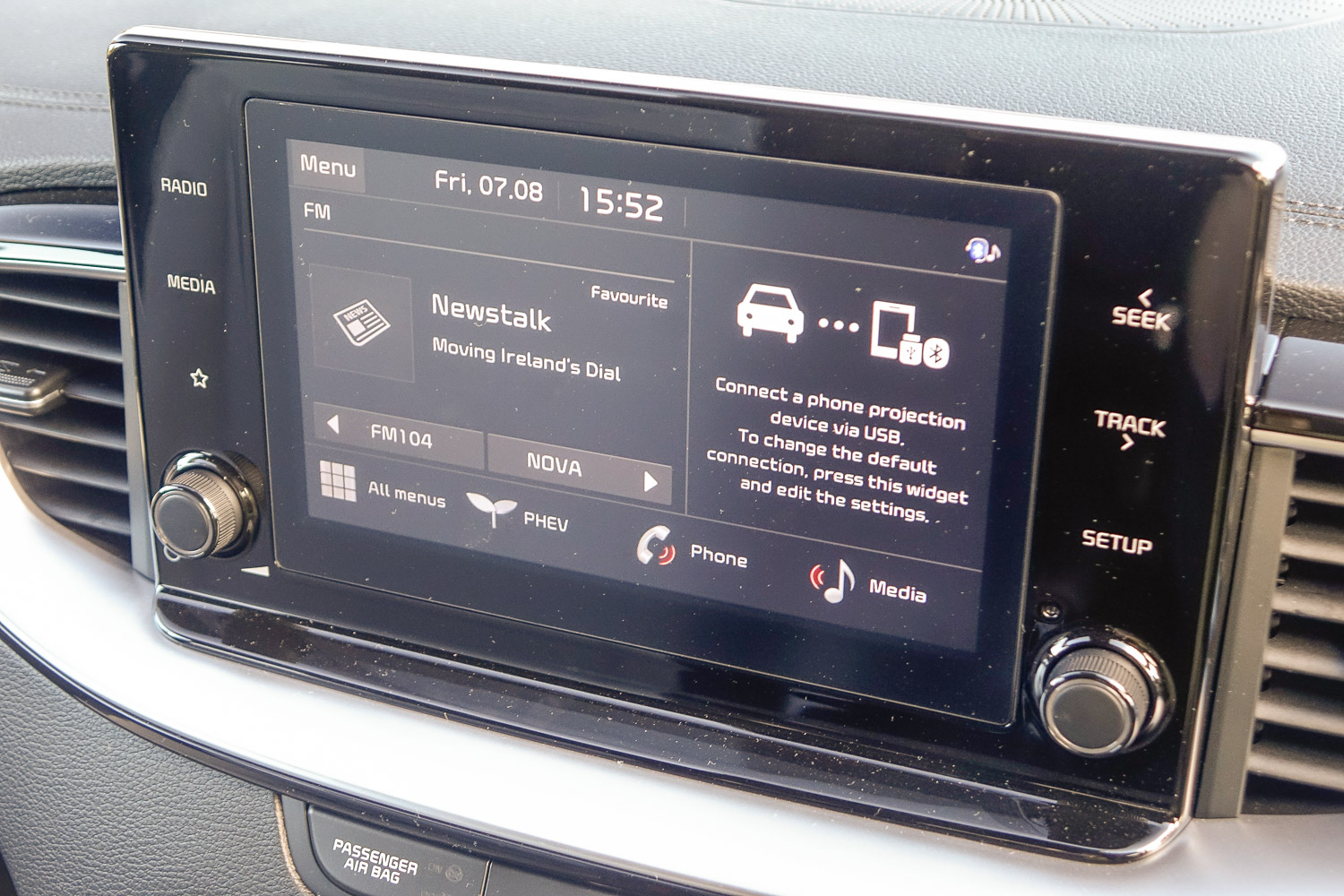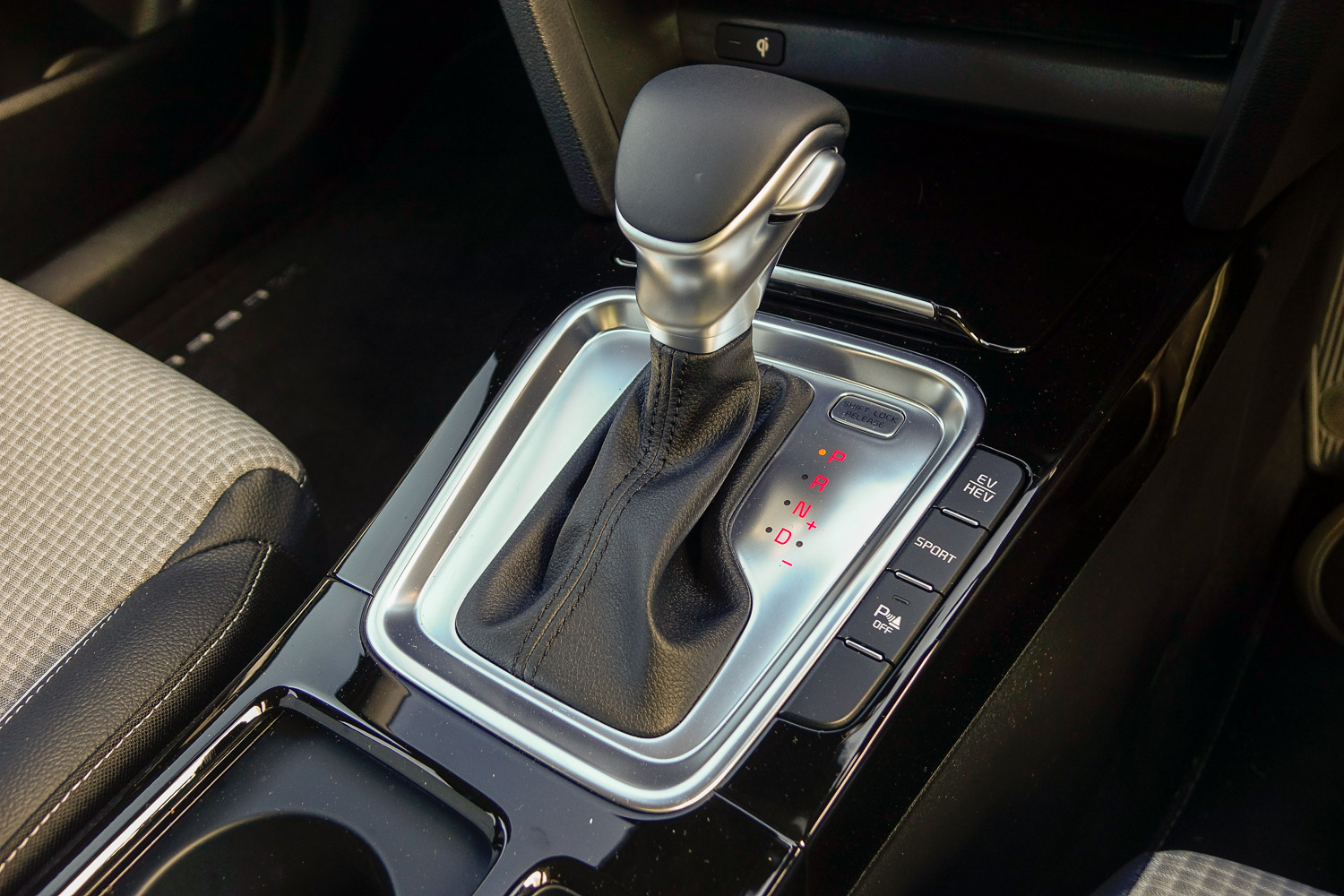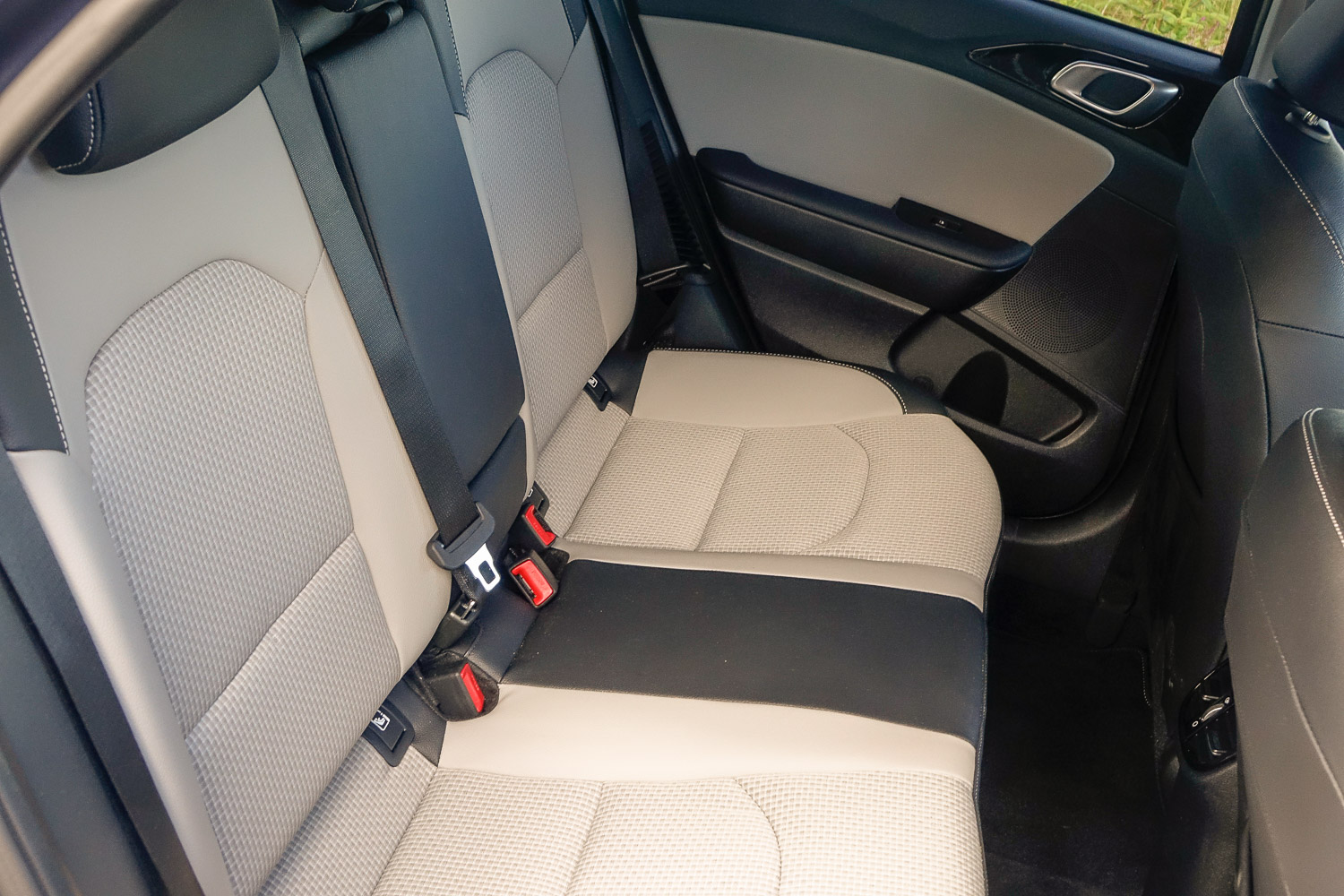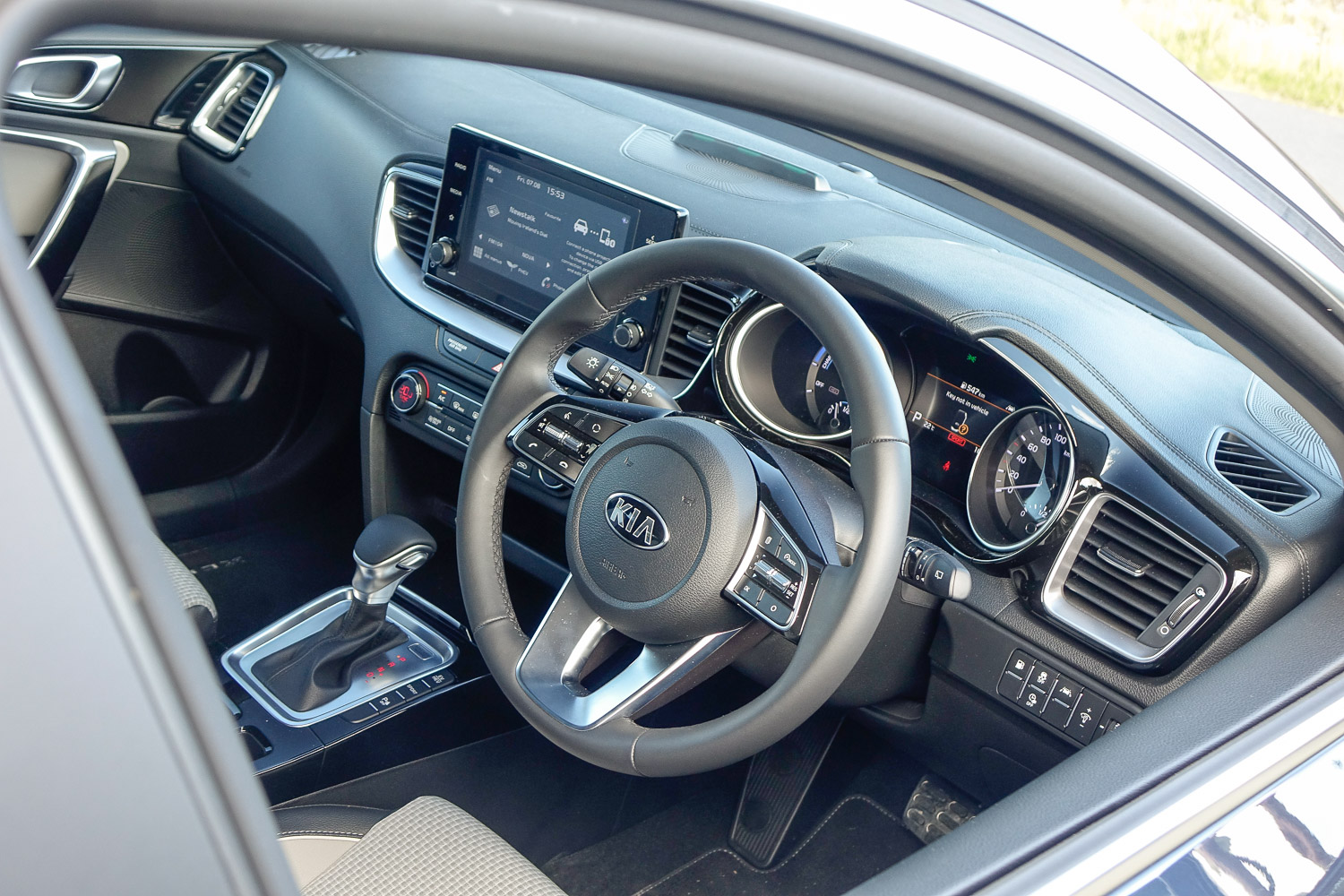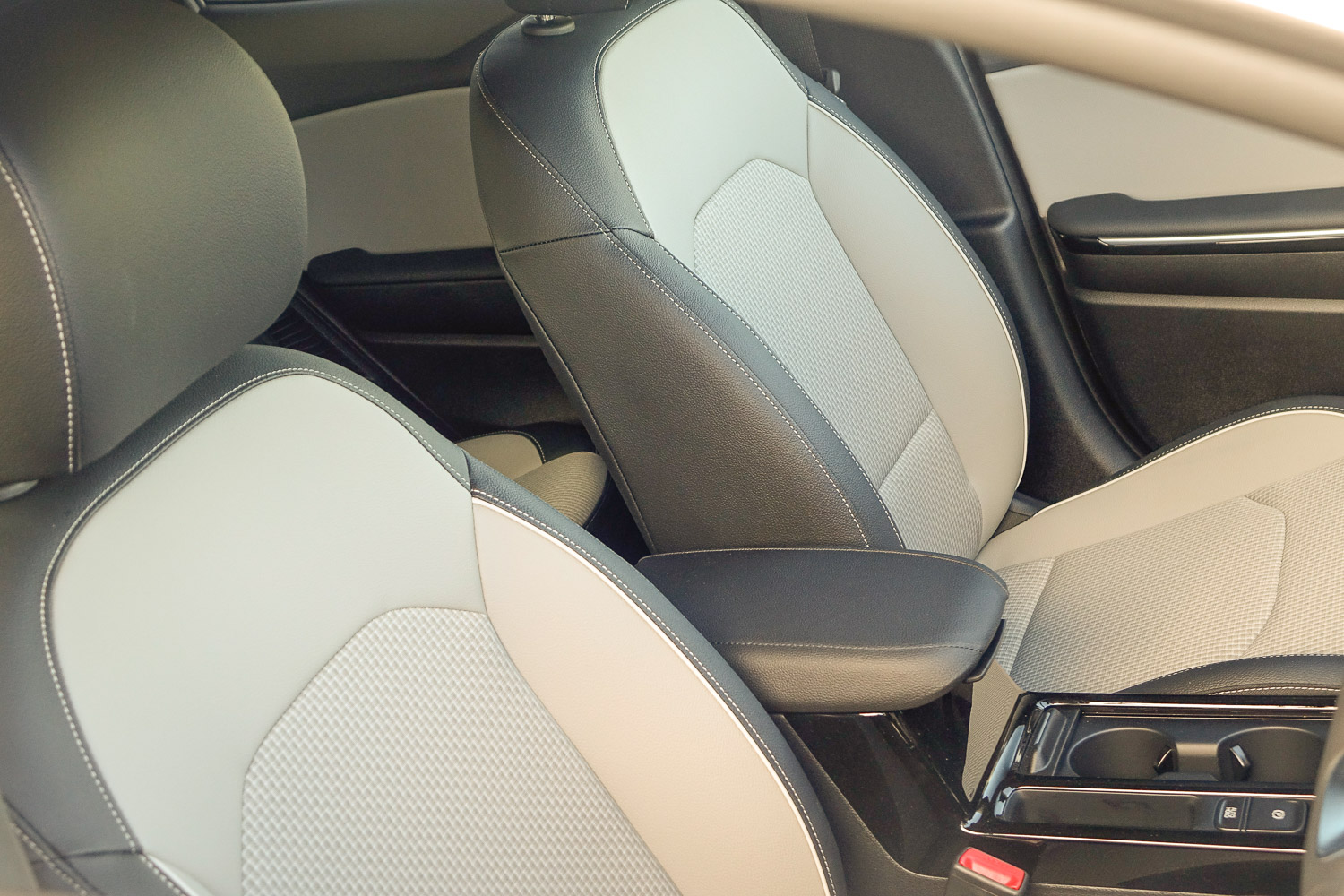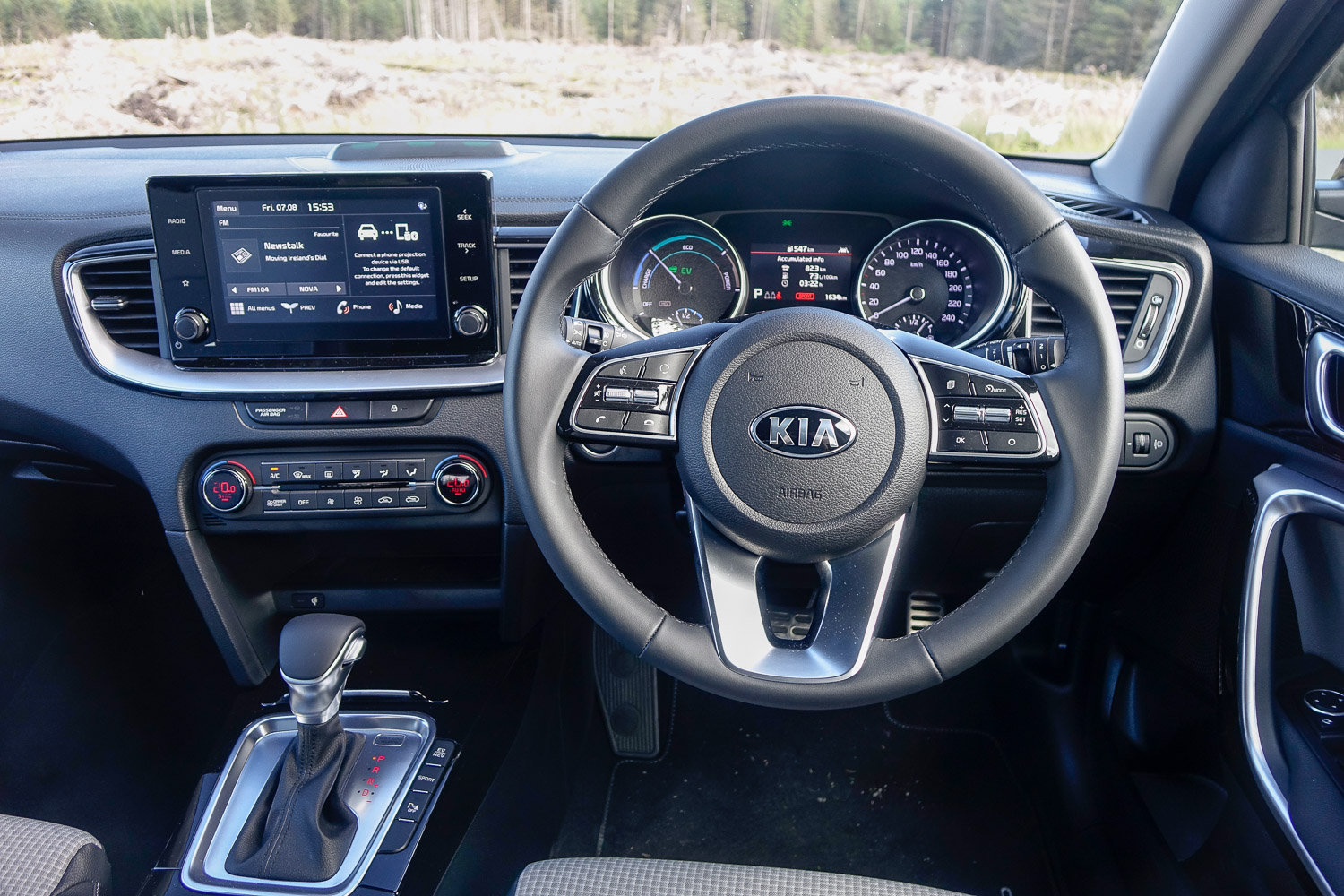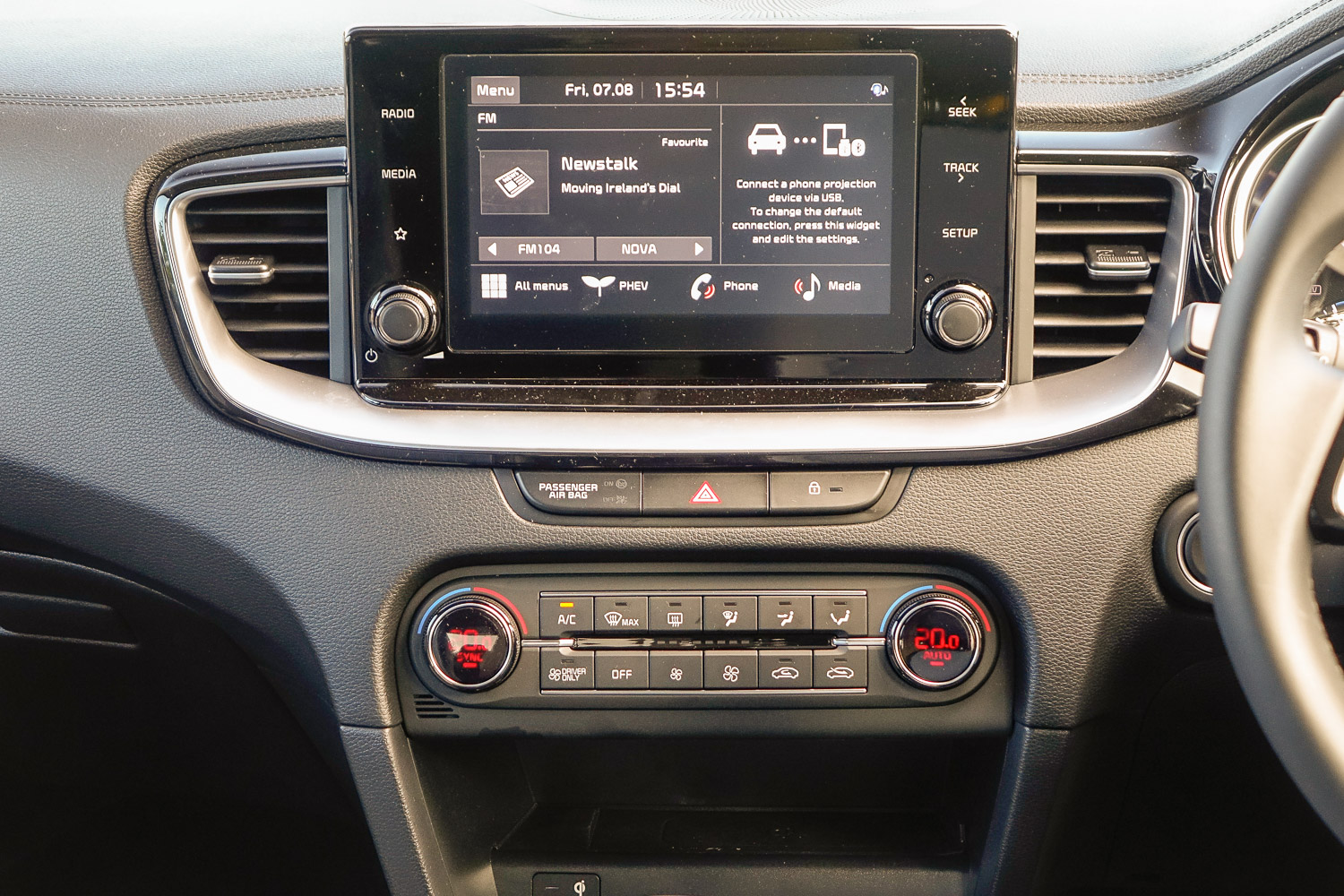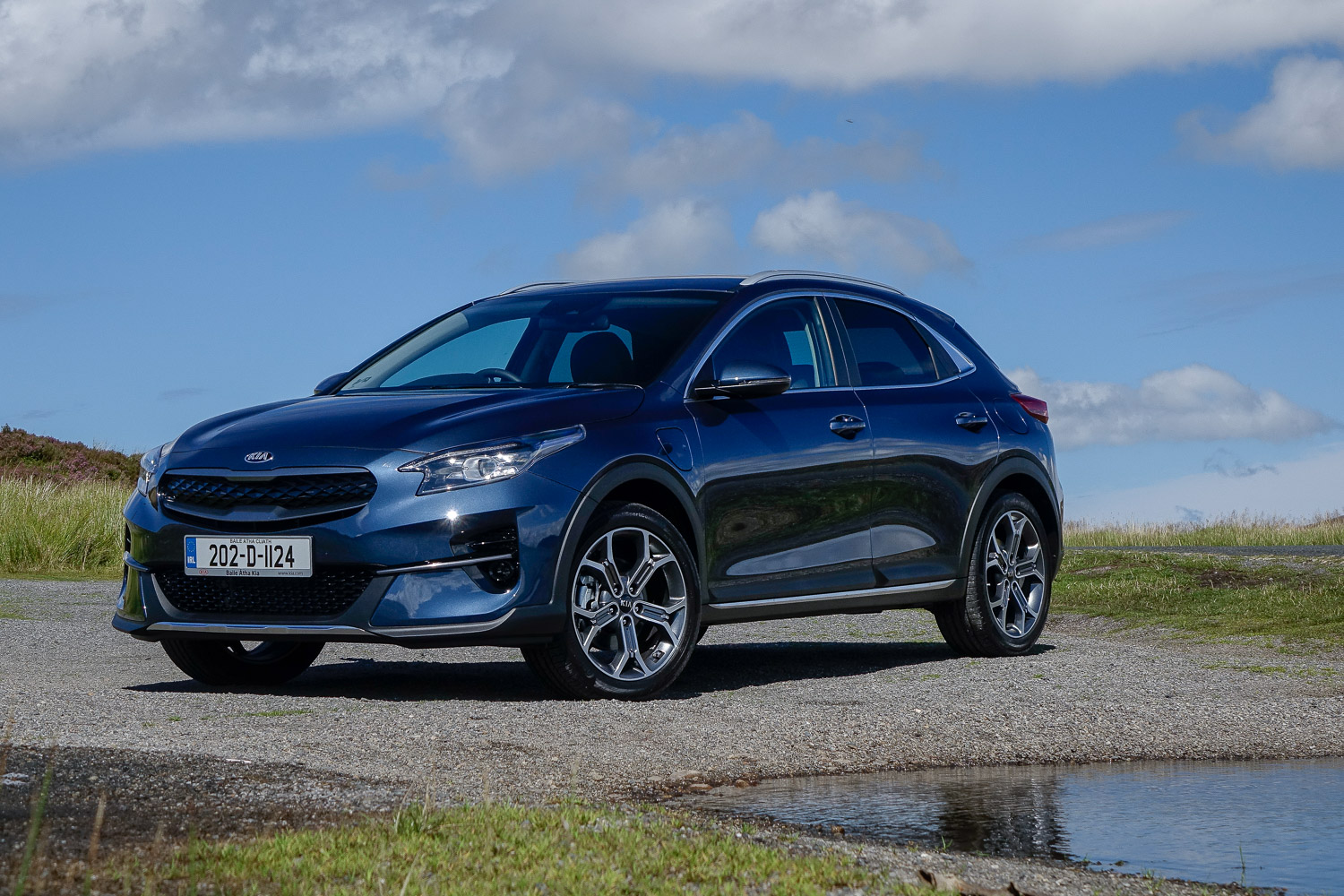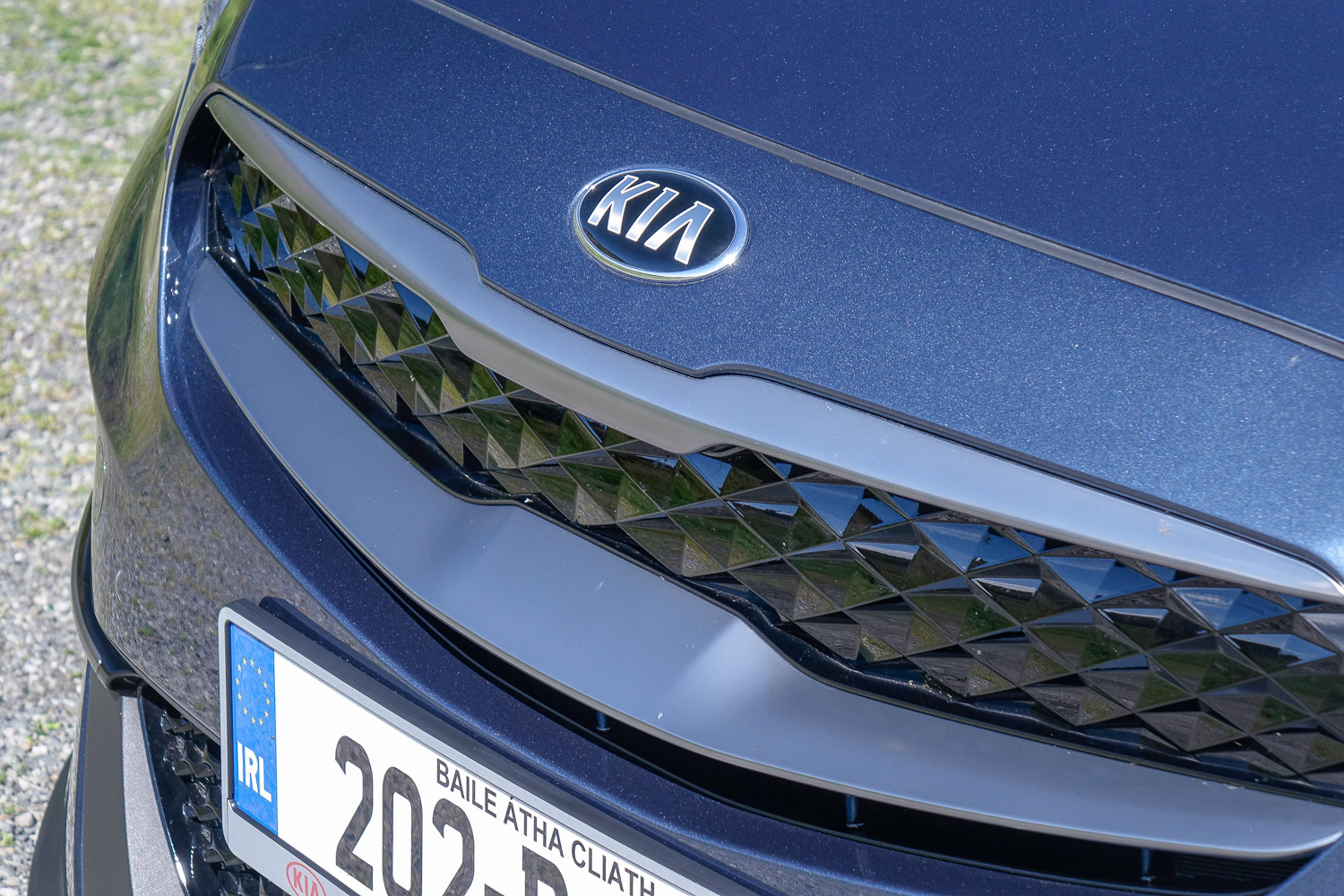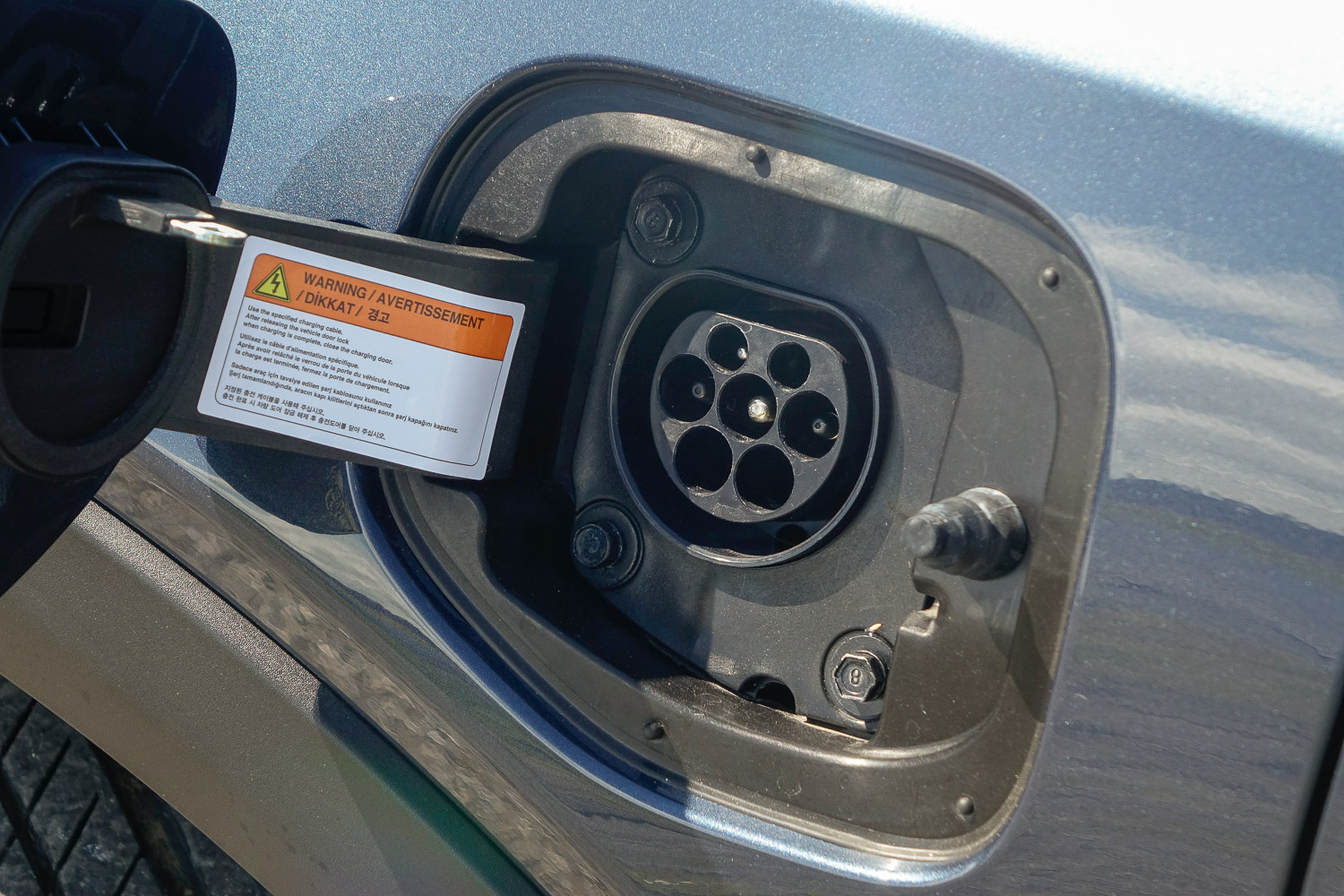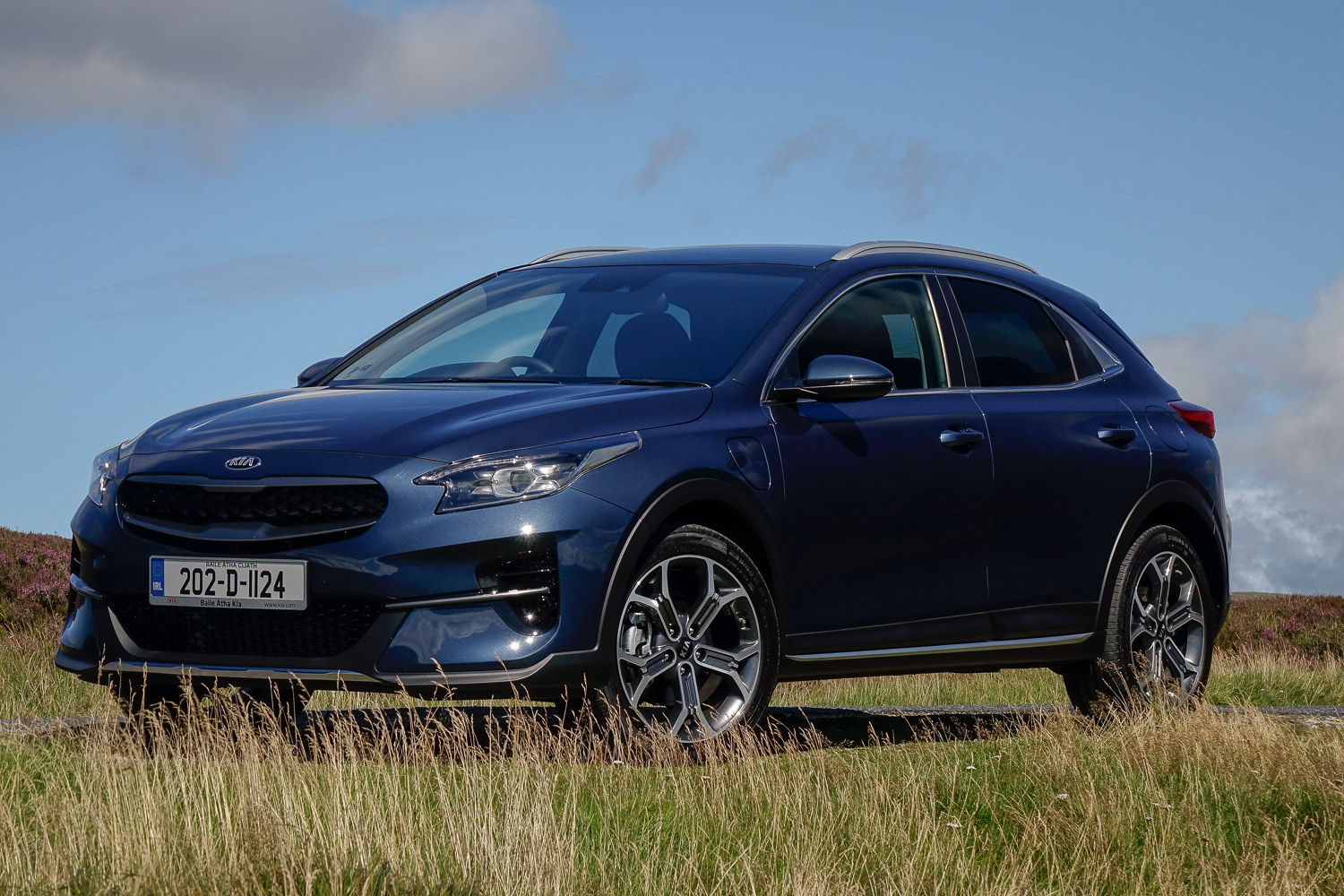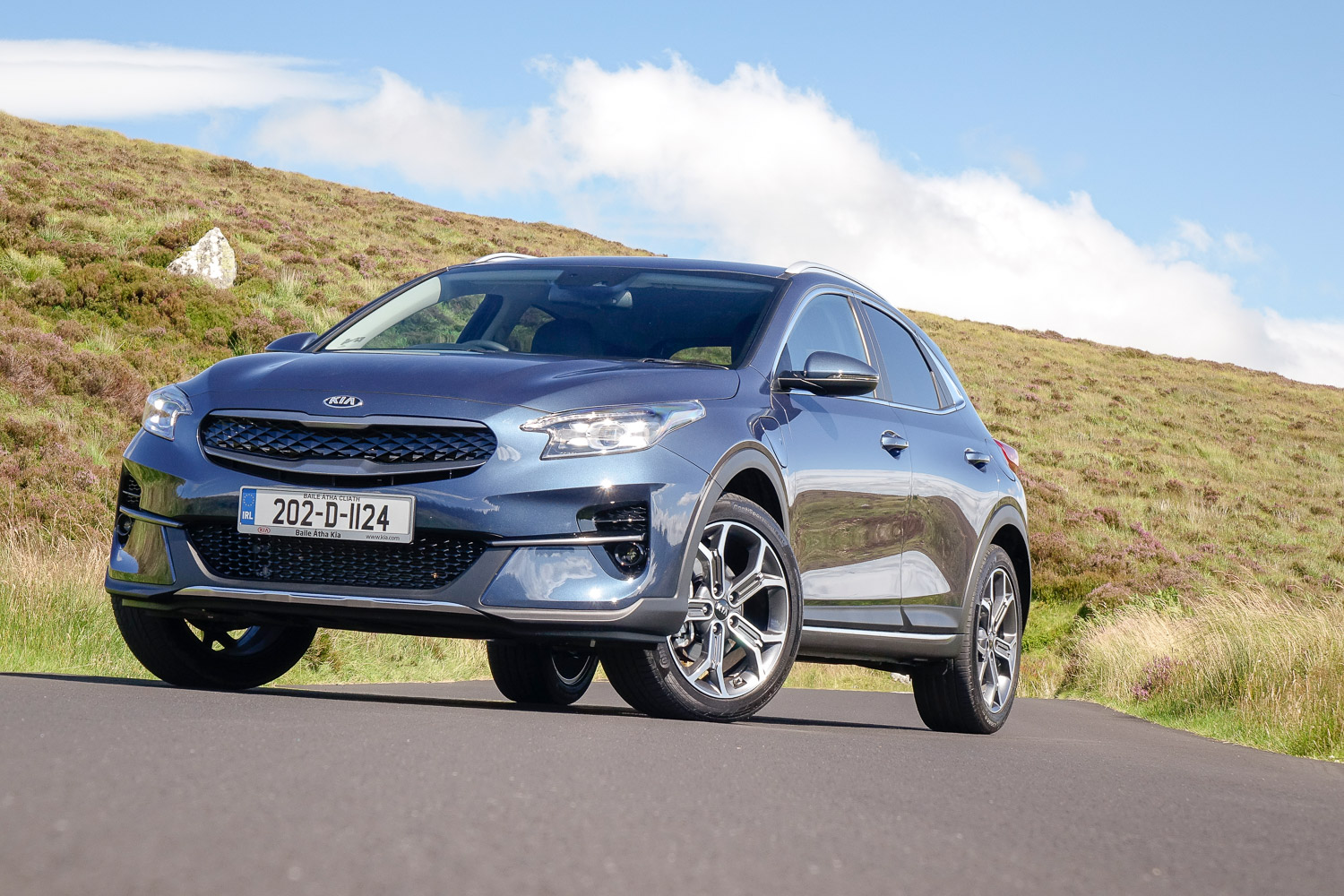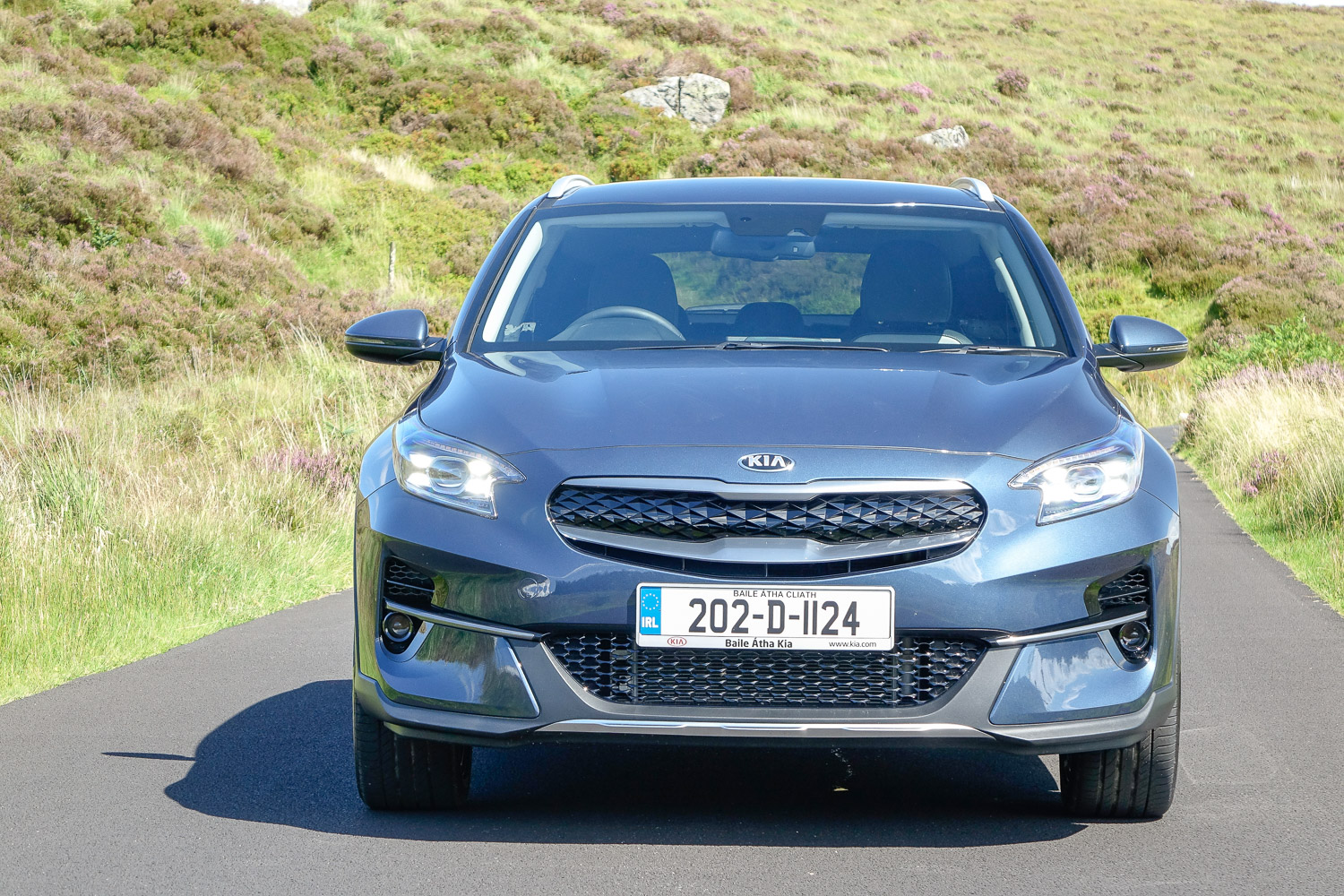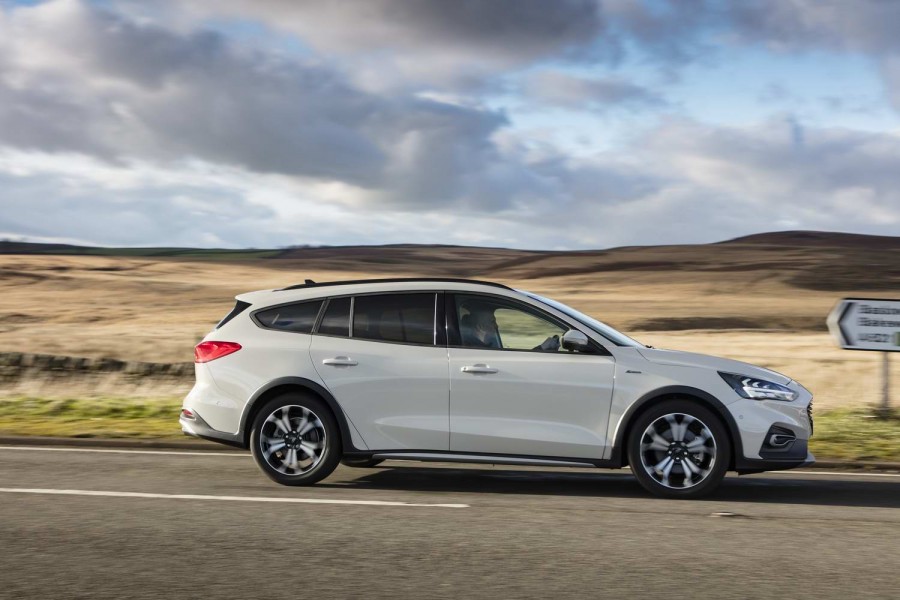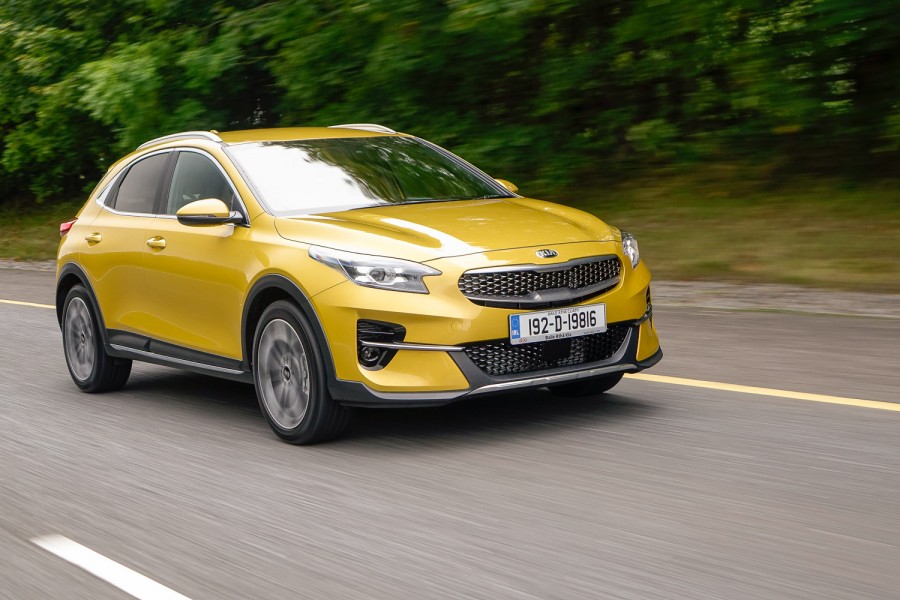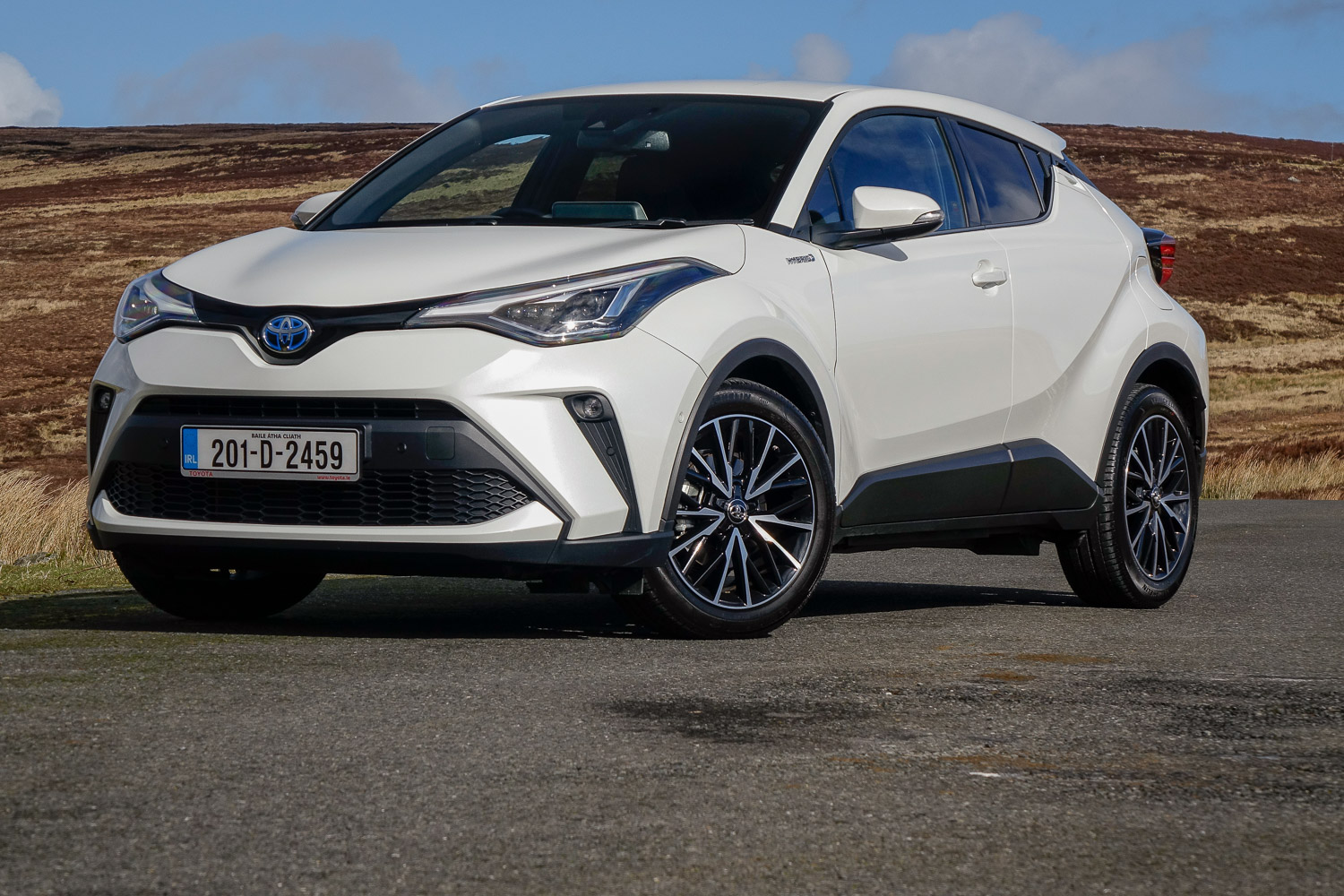What are you driving?
The latest in a growing range of Kias that you can plug in to charge up. This is the plug-in hybrid version of the Kia XCeed crossover, a stylish and more spacious take on the Kia Ceed formula. The XCeed, in case you missed it, is the fourth body style in the Ceed family, after the Ceed hatch, Ceed Sportswagon estate and the sporty Proceed, though it's the first to get a plug-in hybrid powertrain option.
That's made up of a 1.6-litre petrol engine producing 105hp, a six-speed dual-clutch automatic gearbox, a 44.5kW electric motor (equivalent to 60.5hp) and an 8.9kWh lithium-ion battery mounted at the back of the car. The latter does eat into boot space, sadly, down from 426 litres in the regular XCeed with the rear seats in use to 291 litres in the hybrid model. Nonetheless, on the WLTP cycle, the XCeed plug-in hybrid can cover up to 54 kilometres on electric power. And it can be fitted with a tow bar too, pulling up to 1,300kg of braked trailer.
For the Irish market, the Kia XCeed line-up is best described as 'concise.' The 1.0-litre petrol engine is available in three specifications, there's a single diesel variant and one trim level for the hybrid as well. Taking into consideration the current private-buyer VRT rebate of €2,500, and the SEAI grant of €5,000, the XCeed plug-in hybrid comes in at €28,350 (that's at the temporary 21 per cent VAT rate). That puts it fractionally below the diesel model and close to the top of the petrol price ladder. It's not easy to find direct rivals to the plug-in hybrid version of the Kia XCeed at the time of writing, but that will change in the coming years as more models come on the scene.
Name its best bits
The XCeed hybrid is comprehensively well-equipped, including stylish 18-inch alloys, electric folding door mirrors, roof rails, auto lights with LED lighting all round, upholstery that is a mix of cloth and artificial leather, Bluetooth, Android Auto and Apple CarPlay compatibility, an eight-inch touchscreen infotainment system, rear view camera, keyless entry and start, cruise control, climate control, auto wipers and a suite of active safety systems.
On top of that, the XCeed itself is an attractive looking car, its only vaguely rugged lines offset nicely on our test car by the classy Cosmos Blue paint. The interior isn't as interesting, as such, but it is of high quality, with a surprisingly soft-touch dashboard adding to the ambience. Kia should be commended for the restrained and effective design of its touchscreen interface, too, as it's intuitive to use from the second you get into the car - and it's quick to respond.
Anything that bugs you?
Unintentionally, I made the XCeed hybrid's life exceedingly difficult. You see, in my time with it, I didn't have the time or opportunity to keep the battery topped up from an external source. Hence, it averaged 7.3 litres/100km over a week of very mixed driving. That's not awful, admittedly, if that's what you'd have to put up with in return for zero emissions, zero petrol running for short commutes, but I suspect that driving the car with little or no battery power also contributed to my impression of the driving experience. In the Eco mode, it felt ludicrously slow to respond to throttle inputs, for instance, while the six-speed automatic never seemed to be in the right gear for my needs.
The Sport mode made response more palatable, but it was never satisfying and never felt as powerful as the numbers say it is. I guess it was always quiet and refined, which is something. Saying that, taken over a challenging back road, it was nowhere near as enjoyable to drive as its conventional siblings. Then again, that could be explained by the fact that it's a full 180kg heavier than the diesel equivalent.
And why have you given it this rating?
Allowing for the fact that we didn't use the Kia XCeed as you need to use a plug-in hybrid to get the most out of it, it just didn't impress us. It's much heavier because of the hybrid gubbins, it's less practical and not particularly quick or economical (unless you plug it in fastidiously, obviously). Sure, it's great looking, well-equipped, safe and likely to last for a very long time, but you could say the same of any Kia XCeed. We'd suggest most buyers stick with the petrol version for now, or the diesel for those doing well over 20,000km a year, mostly on the motorway.

